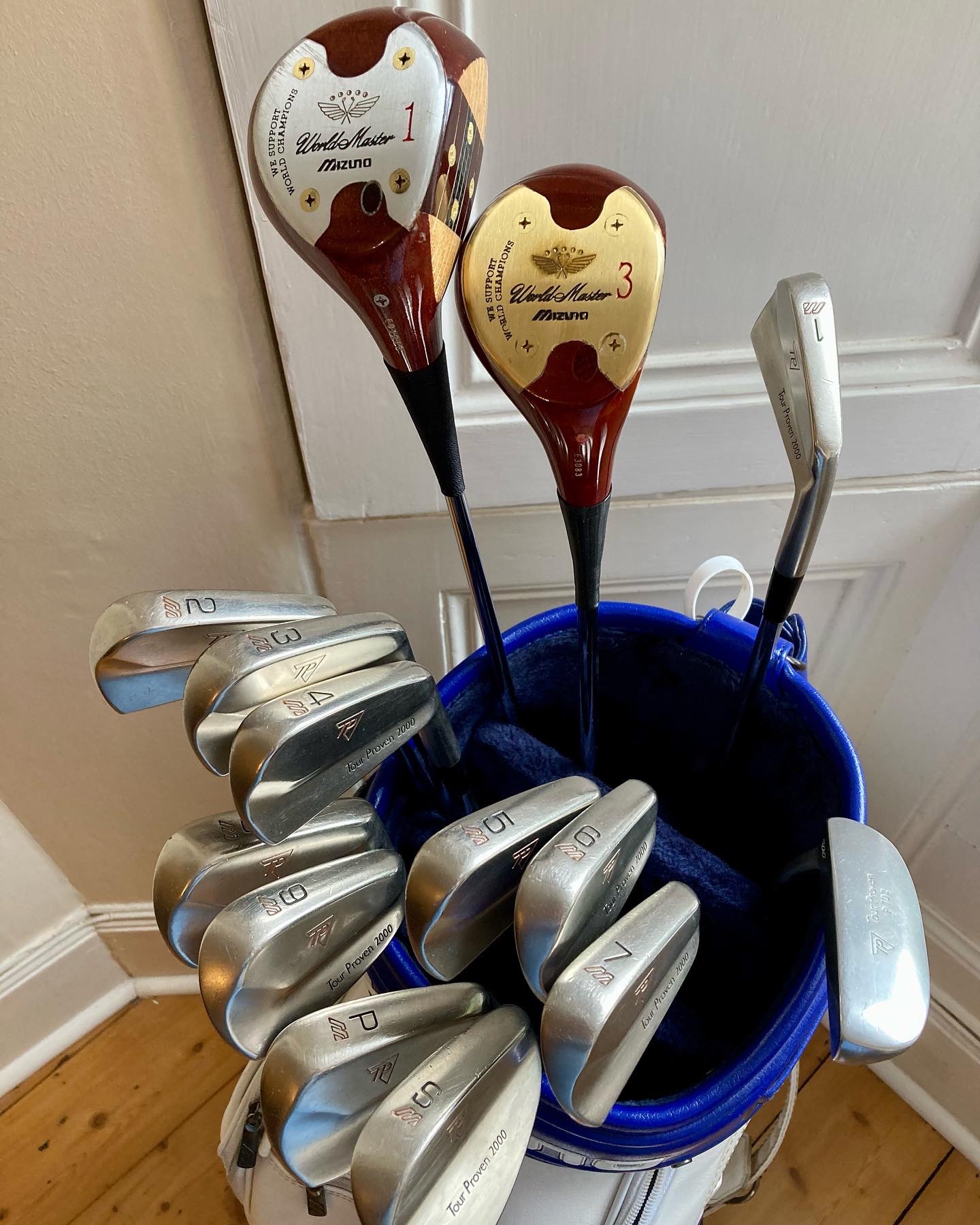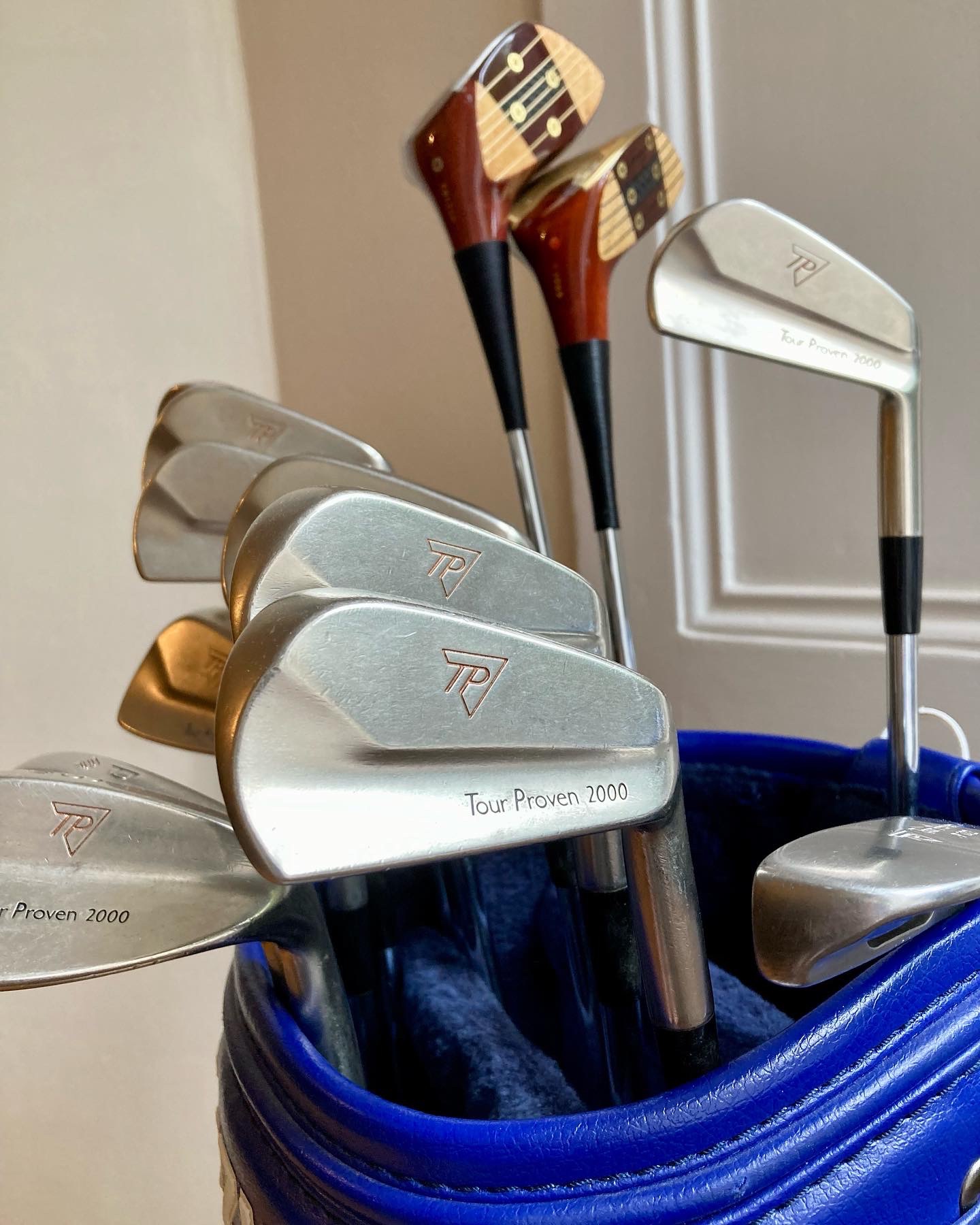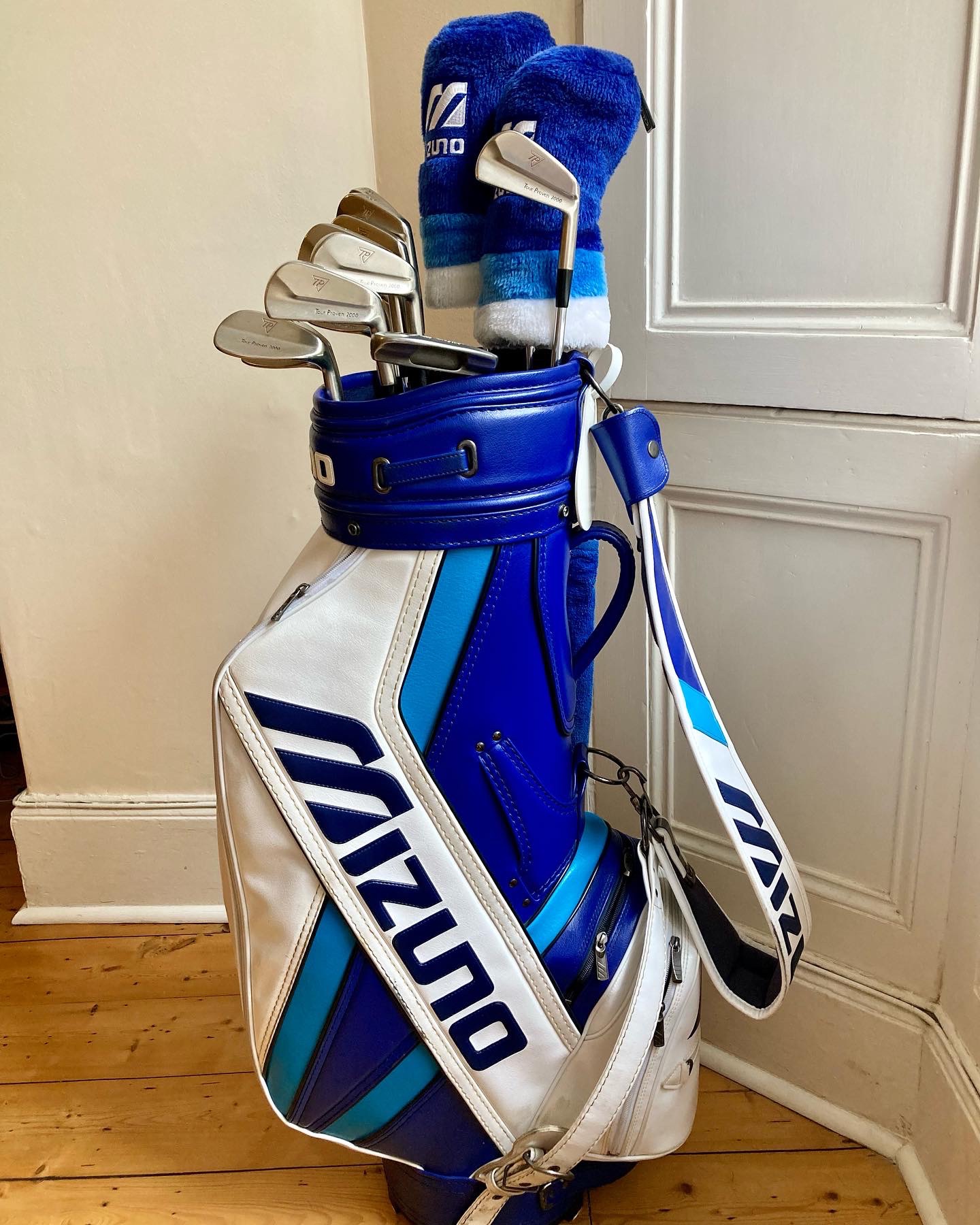This part of the blog is not meant to be exhaustive in its reach. It is a list of interest from Mizuno’s Golden Era (c.1985-1995) of some of the best iron sets (in the author’s opinion) that are neither “MS” or “TP” (covered previously).
Aside from the slight cavity of TN-93, only genuine (Pro Model) blade sets were under consideration for inclusion. Given the sheer number, many great sets (particularly non-Pro models) will have been deliberately, or accidentally, overlooked.
TN Sets
It’s Tommy time…
TN-87
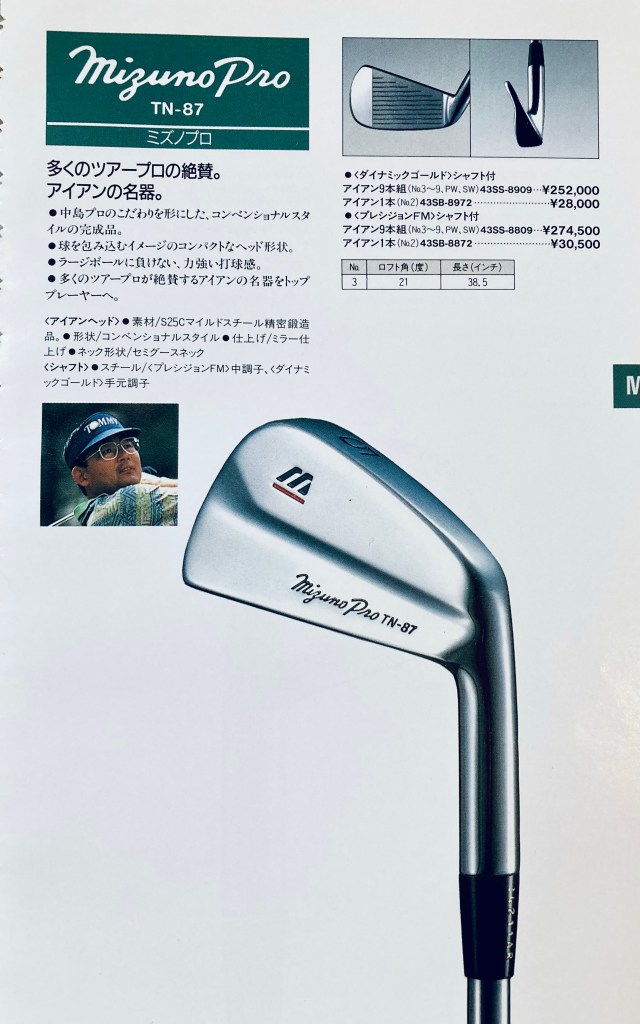
In many ways, THE Mizuno blade. Japan only from 1988 and hugely popular in that market. Has subsequently gained a cult following in N. America and elsewhere.
“TN” is of course Tsuneyuki “Tommy” Nakajima, the leading Japanese player in the 1980’s, who had top-10 finishes in all four majors towards the end of the decade.
TN-87 was played round the world, and Nick Faldo won his two majors in 1990 with them in the bag. Other notable players include Sandy Lyle and Frank Nobilo. The same heads were put out in Europe as a limited edition TP-2000 set and the very popular MP-29 in N. America. Someone called Eldrick had the 2-4 MP-29 irons in his bag at Augusta in 1997.
TN-87 sets were also re-released twice in Japan in limited numbers – the Millennial 2000 set and as recently as 2014. The additional TN grind 52* gap wedge was pretty special too.

One of the reasons for the cult following was the copper underlay in the plating process – which was absent in the MP-29 heads. Strange, since many sets that pre-date the TN-87 also have a copper layer. This certainly added to the mystique of this iconic set though, and Mizuno have recently exploited this fact with the launch of the MP-20, inspired by TN-87, and marketed with the promise of “layers of feel”.
TN-91

Following the huge success of the 87, TN-91 was designed in 1991 and launched the following year. Very expensive in the Japanese market and put together in a lovely package – including double nickel plating, bespoke shaft bands and the new TN logo. A milled putter was also available – again, at a price!
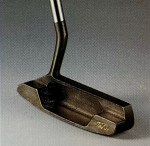
TN-93

The third and final instalment of the TN sets, released in 1994. Stunning set, with a small cavity back. An odd (high toe and huge offset) S wedge was available (and a rounded normal S2), as was a dedicated driving 1-iron. Metal TN-93 woods were also on offer.
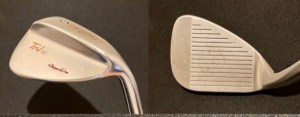
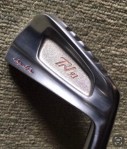

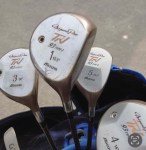
Tommy Nakajima signature
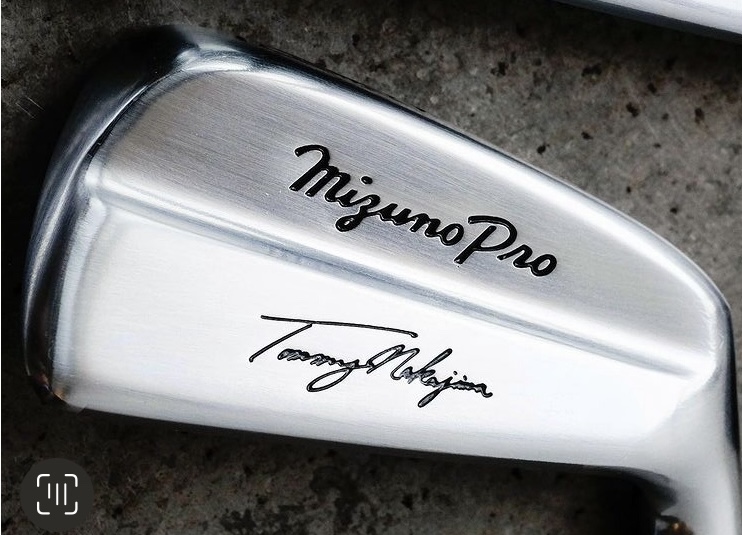
Beauties. Appear to be re-stamped MS-2 heads. Date unknown.
TT Sets
I am not certain what “TT” signifies, but this series contained some rare, short-lived gems. All Japan-only.
TT-89

Assume designed in ‘89 and launched in ‘90, this is the most popular of the TT sets, but is still fairly rare. Square-toed blade with a razor-thin top-line, distinctive leading edge grind and a beautiful finish.
TT-91

The younger brother of TT-89, very similar-looking set with the later Mizuno Pro script.
TT-987
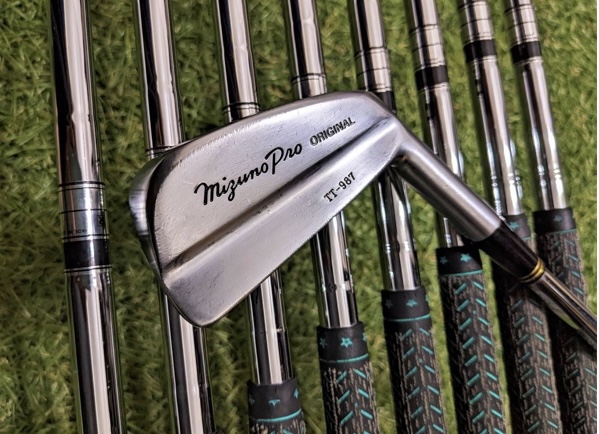
Rarest of the three, a different look but the characteristic square-toe. Simplistic elegance.
SS Sets

SS-151
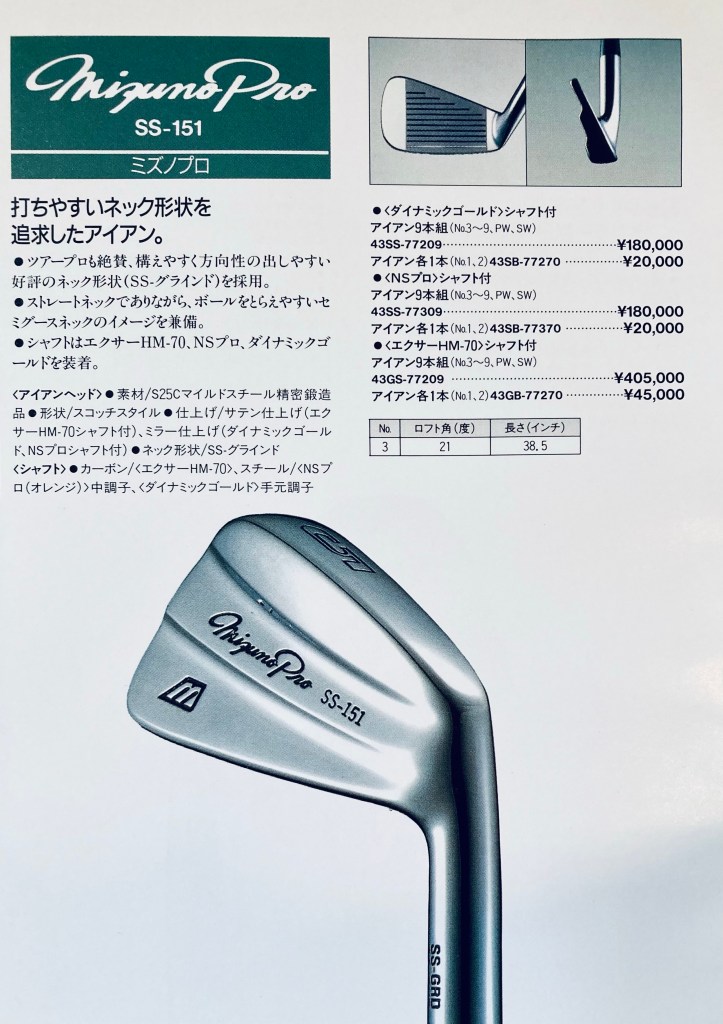
The Japanese version of the well-known TP-18, which was a popular model on the European tour. The SS refers to the unusual hosel grind, which makes the heel of the blade more visible at address. 1991 launch.
SS-1

A UK/Europe set and a rare one. I believe it’s basically a (European) MS-5 head with the SS hosel grind. Matching persimmon woods were available. Mid-80’s.
Craft Models
Borne out of a special project in Japan to design classic models without compromise, the Craft Models represent the absolute pinnacle in Mizuno clubs from their golden era. Two iron sets were produced alongside several persimmon sets, some of which were reserved for the European tour van.
Craft Model 893
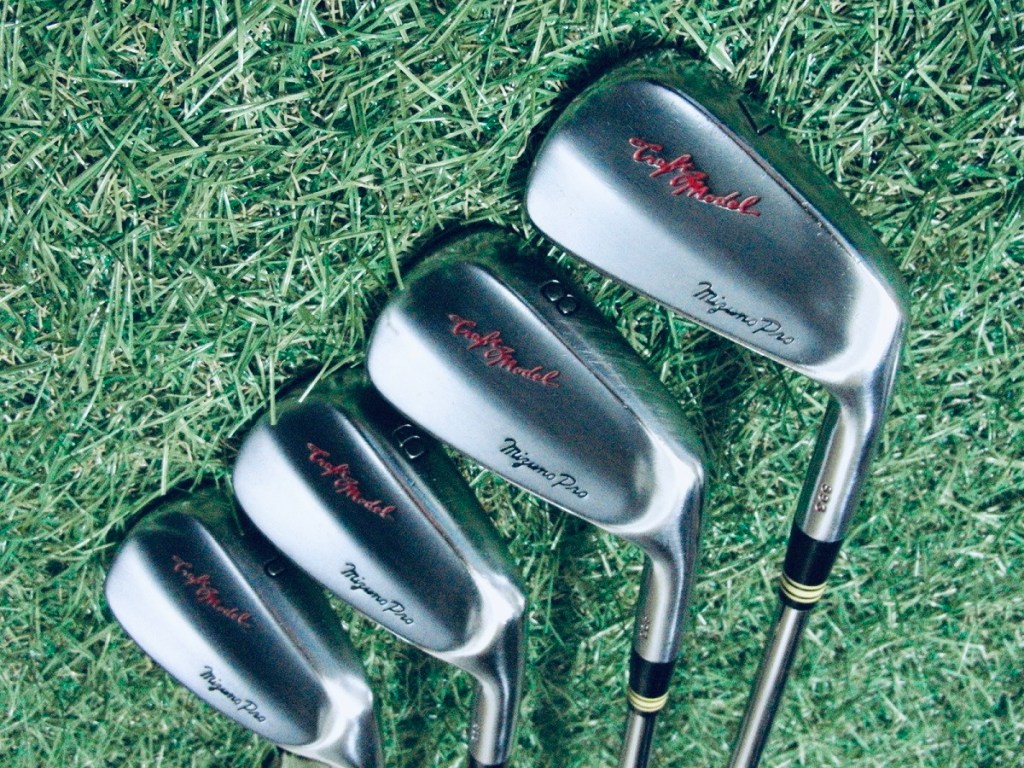
A clean and compact blade with rounded toe and minimal offset. The slightly earlier and rarer of the two blades with original Mizuno Pro script. Simplistic beauty.
Craft Model 911

Classic muscle back with sharpened top line akin to MS-11. TN-87 toe-shape, numbered P and F wedges, newer Mizuno Pro script. Tough to beat.
Super-11

Marketed as an evolution of one of their most popular models in Japan, the MS-11, this set was launched in ~1992, and it was indeed Super.
Round toe pointed to one of the thinnest top-lines you can find. Double-nickel, satin finish with a gold hue, rounded sole grind, thick muscle, and a smidge of offset.
I hate to pick favourites, but this is the best set I have ever hit.
Directed by T.Ohara

Toshiyuki Ohara model. Very similar to Craft 911 and limited to 100 sets. Gems.

Masters Sets
Mizuno have had sales rights for Masters/Augusta brands in Japan for many years. All sorts of equipment have been sold – several blade sets (even though not technically Mizuno Pro) are collectible and worthy of mention here.
A.G. Model

A mid-priced blade with higher trajectory shaft. A.G. = Augusta, Georgia.
Tournament Blades
Higher quality offerings.
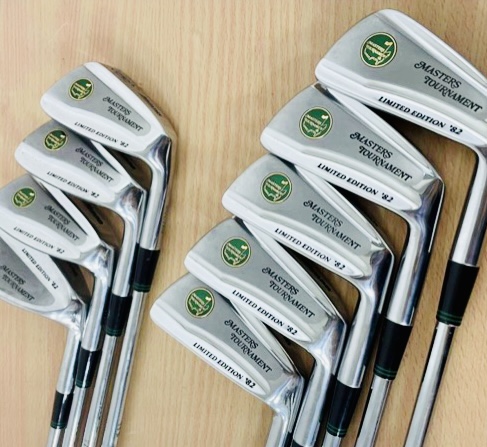

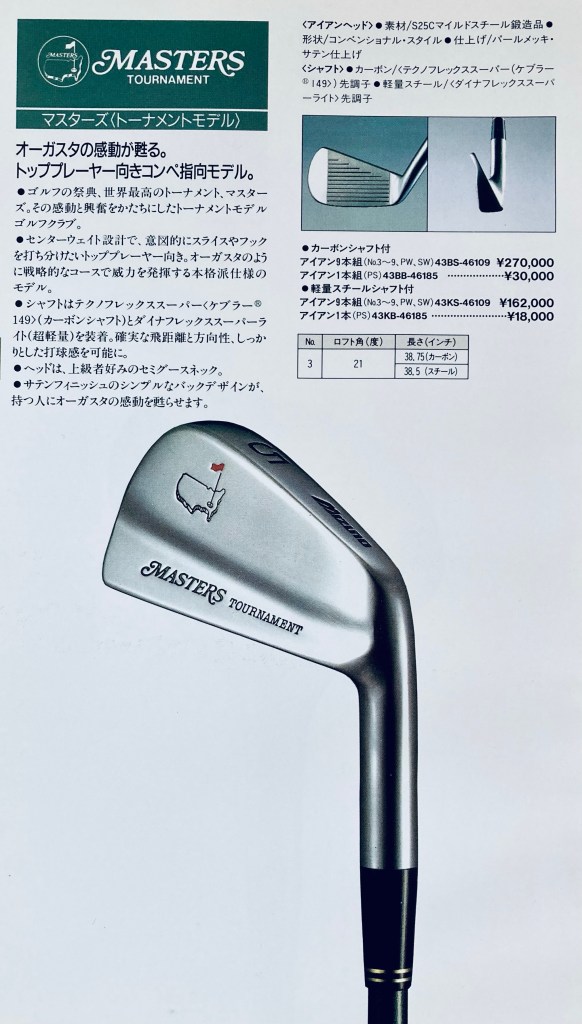

SB
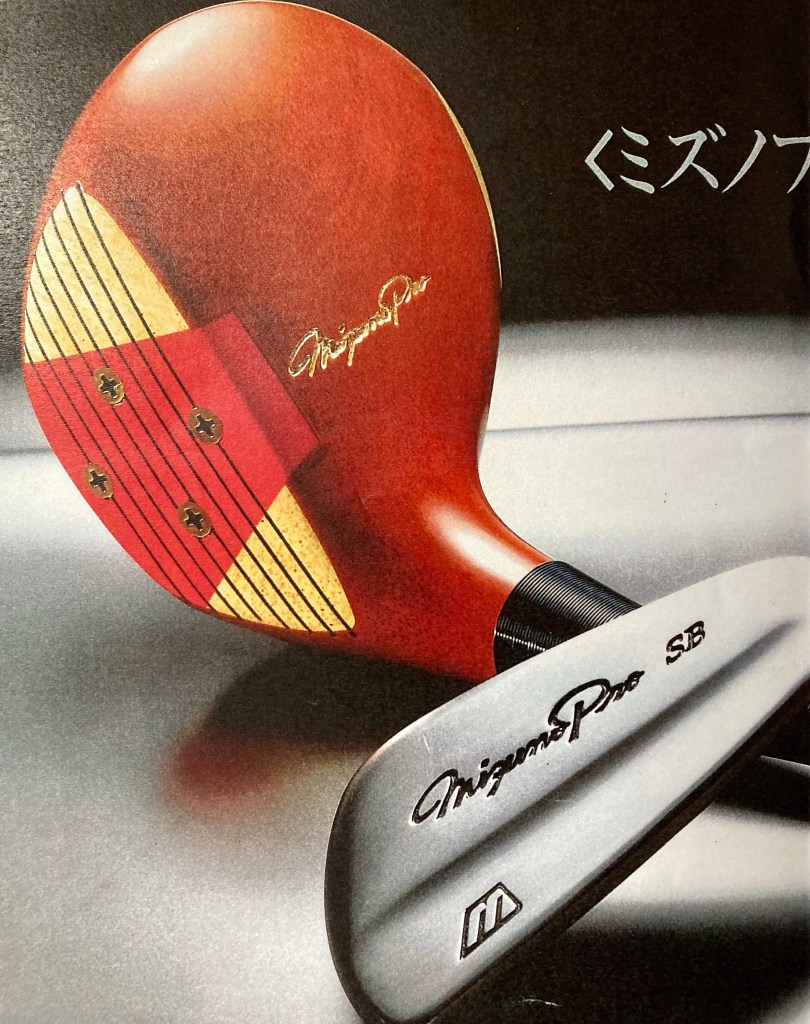
Mizuno did several Seve Ballesteros sets during his contract for Japanese market. These were the only ones under the Mizuno Pro script. Whether he played them, who knows, but the design matched his preferred criteria at the time. Lovely set.
SPL

MS-5 (EU) heads with progressive swingweight. UK market 1984.
Tour Styling

Nice limited edition Japan set from late 80’s based on TP-9/MS-7 heads.
TH-22
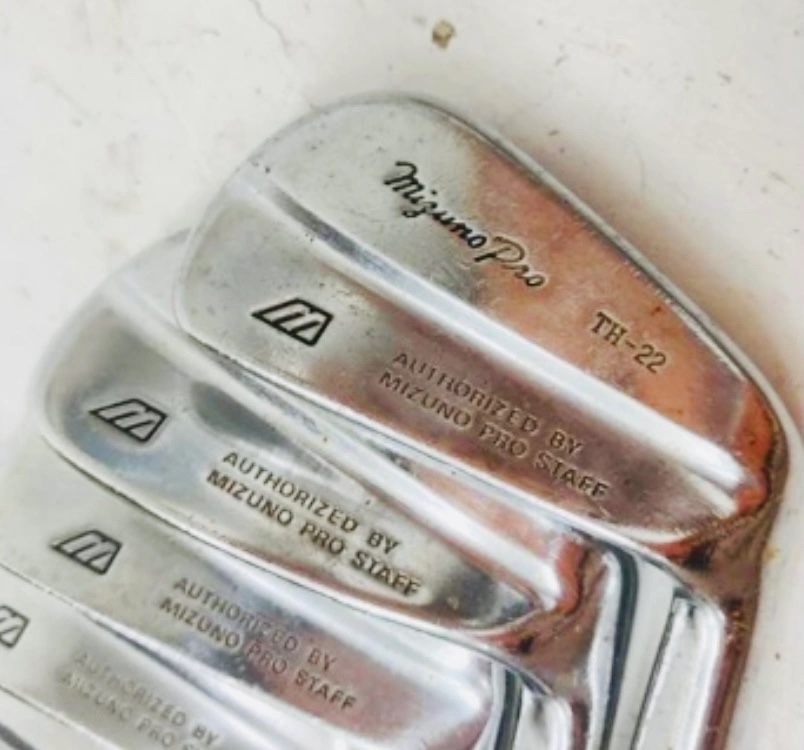
80’s Japan rarity.
TH-202

Closely related set. Also Japan only.
TH-30
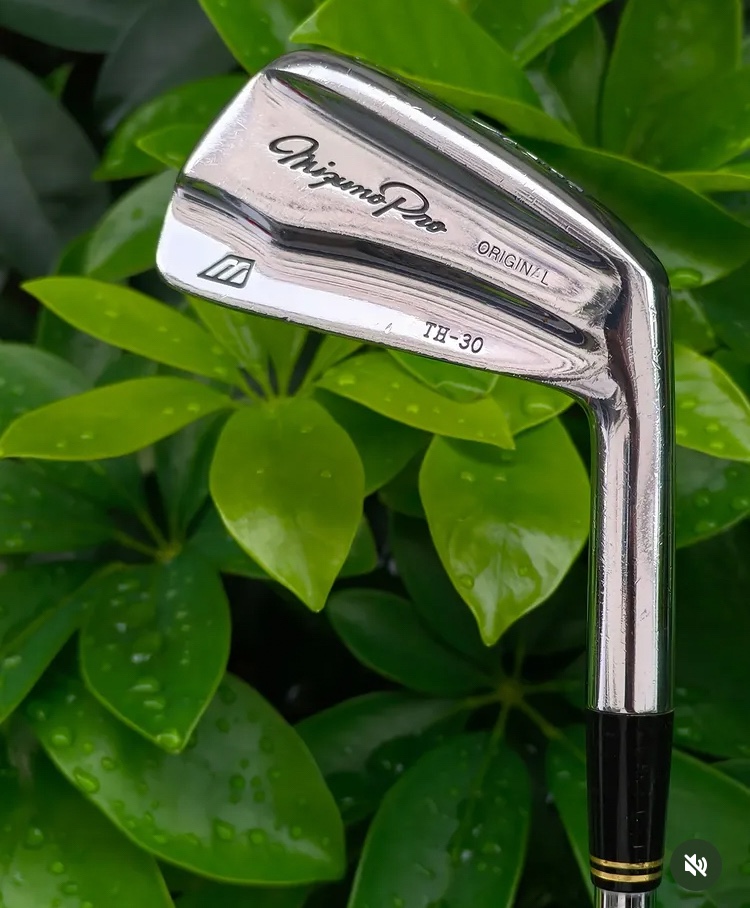
Mizuno Pro Originals
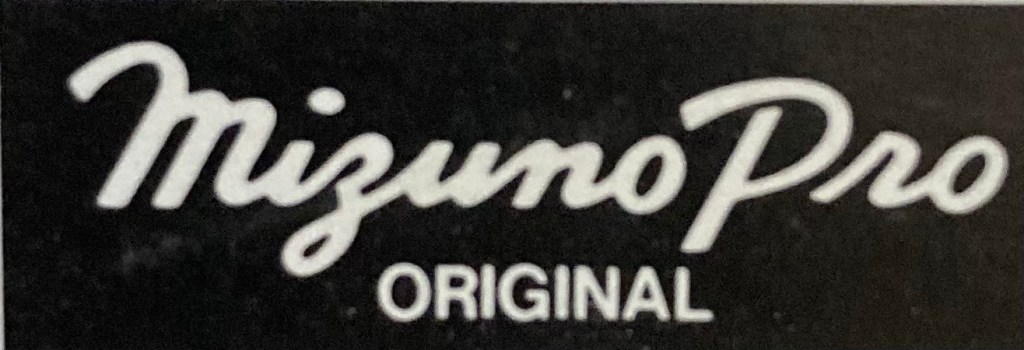
Here’s where it gets a little messy. There are many many sets stamped “Mizuno Pro” and “Original”.
Some also have a model number. Some don’t. Some are Yoro custom order. Most are derivative heads (originally a different model), some are not. Most are Japan only, many are limited editions. Several were never listed in catalogues and sold through only one or more retailers. ALL are GREAT.
Send me some pics of ones I have missed. I imagine there are plenty.
“Standard” Mizuno Pro Original

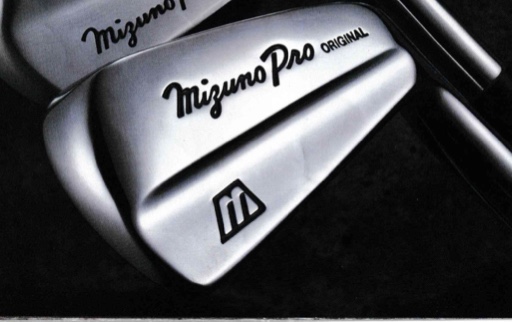
This is the standard set, sold in all three major markets. Became TP Original in Europe. A classic muscle-back. Same heads, different stamps. Mid-80’s.
Custom order sets Japan
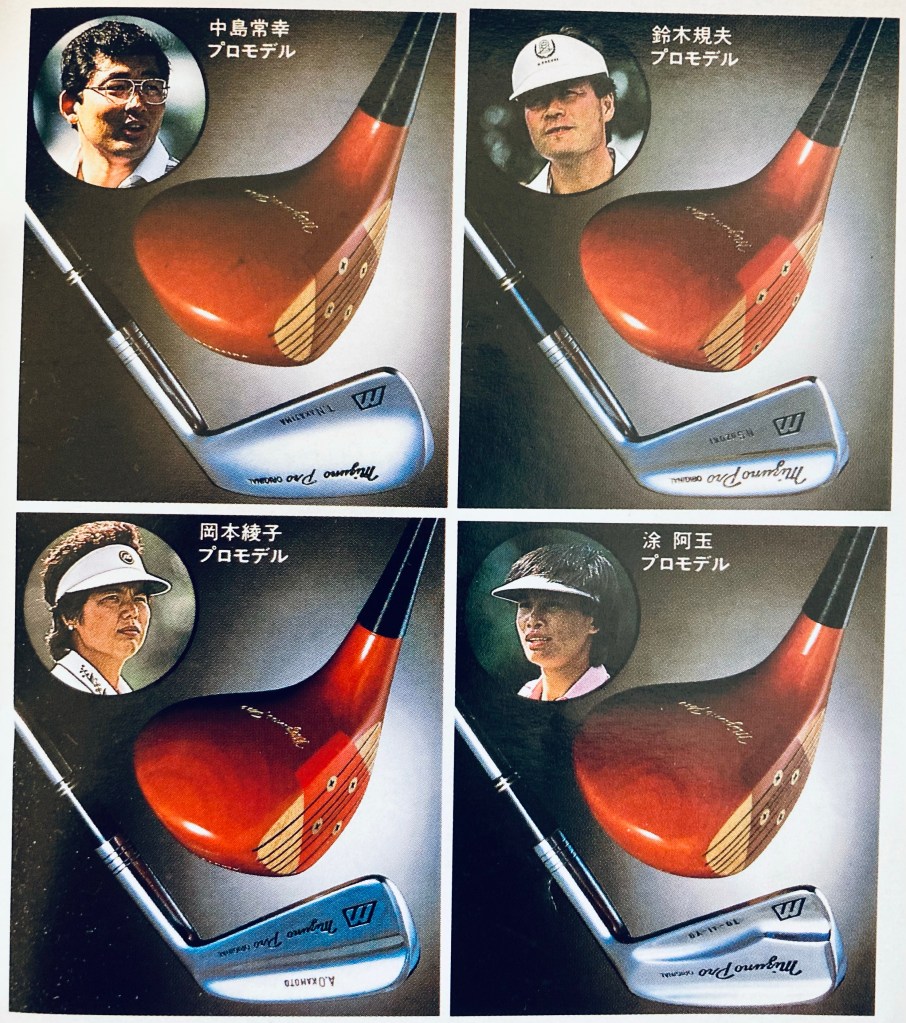
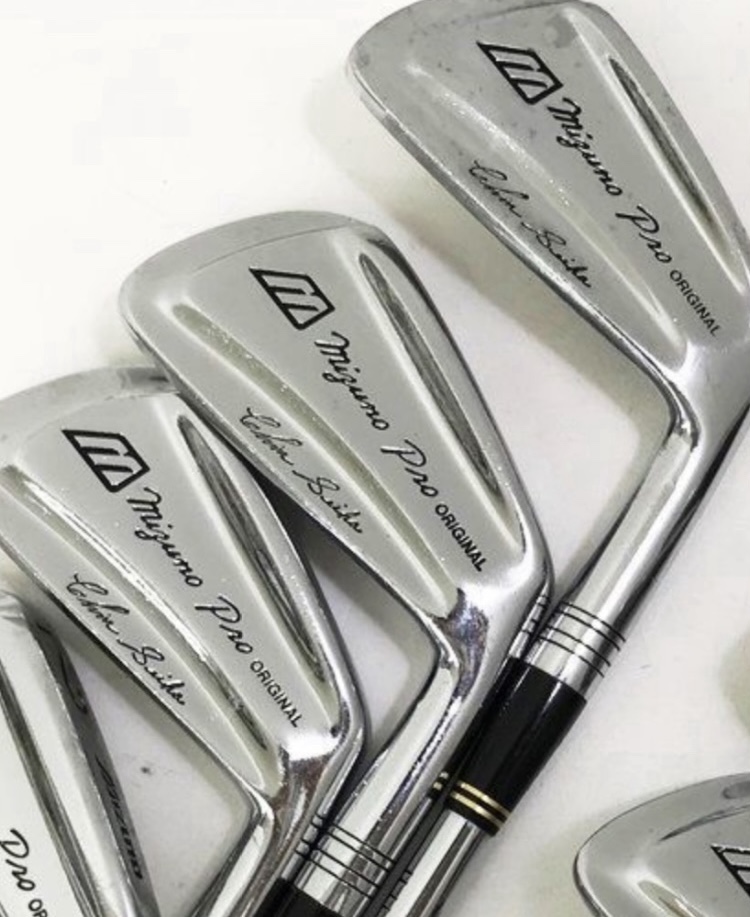
Several high profile pros were linked to Yoro custom order Pro Original sets in Japan from the mid-80’s (including Tommy N). These distinctive chrome heads (with ring detailing on ferrules) were available for quite a while. Many are distinguished by the cool number stamp fonts.
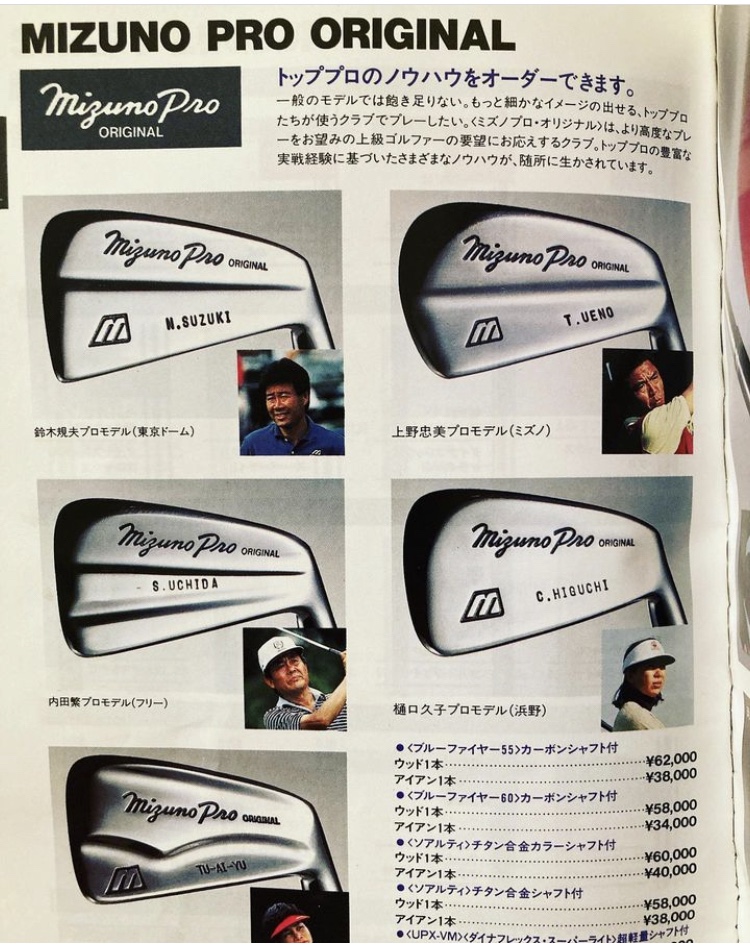
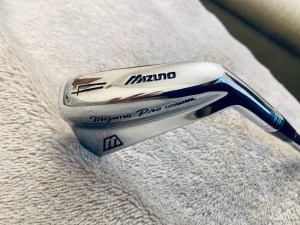
Limited derivative heads
Several of these were made I believe, often sold through a single retailer in very limited numbers. All Japan only, and mostly in the early 90’s.
Many had their own model numbers, but some didn’t. The “blanks” could therefore easily be confused for Yoro custom orders. A couple of lovely examples below from major-winning TP-9 heads and Japanese MS-5’s.
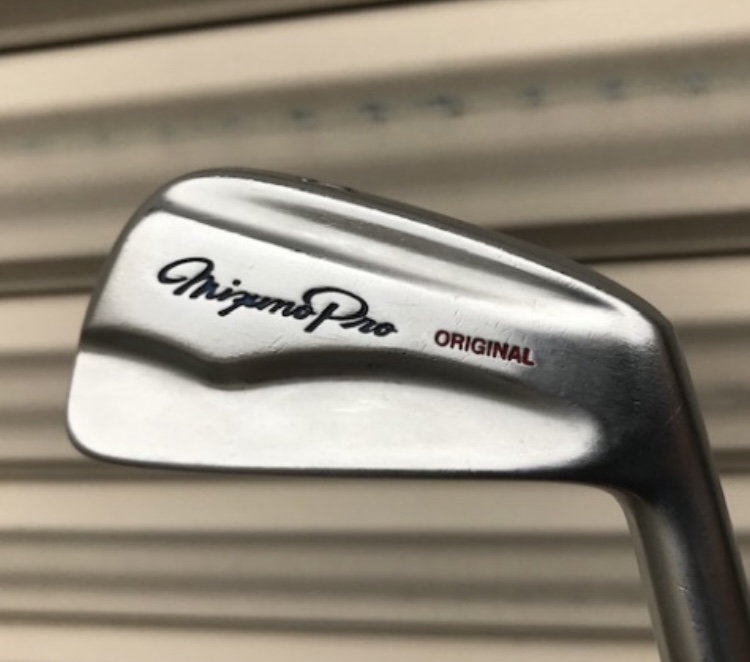
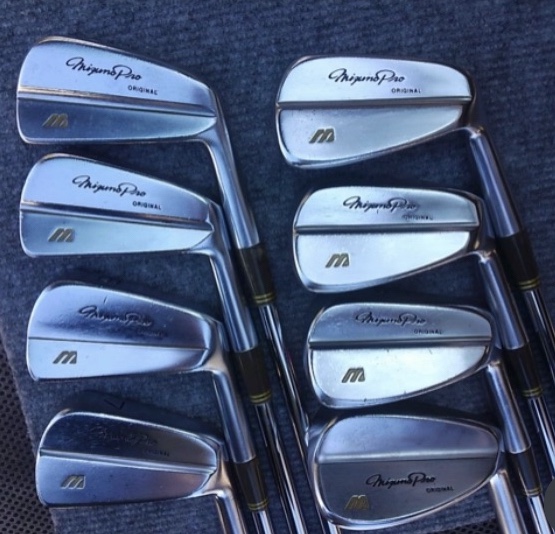
HS-92
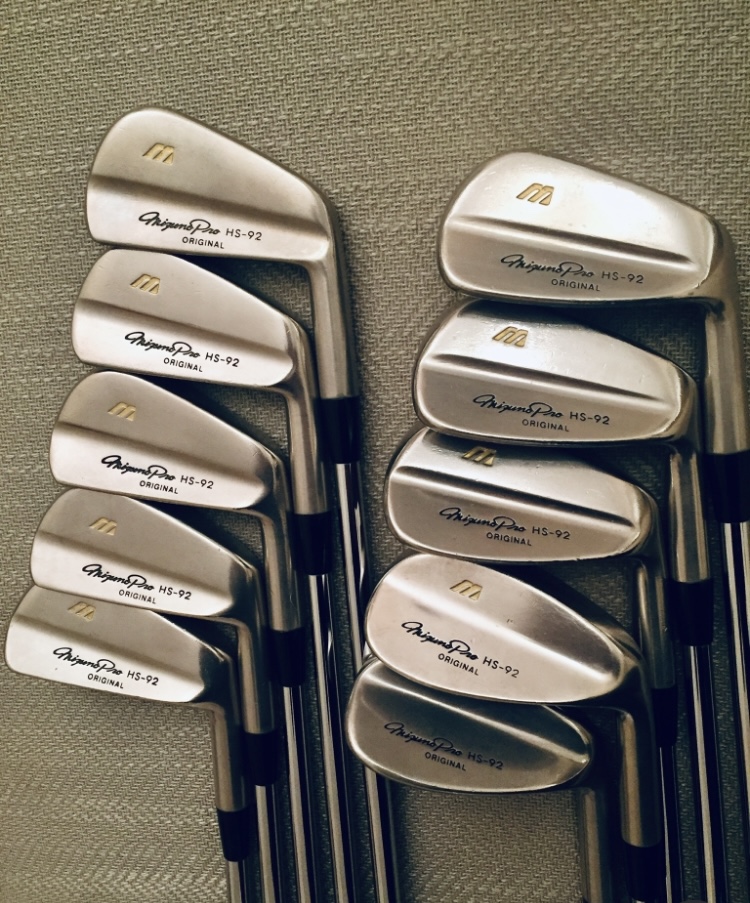
Beautiful set from TP-11/MS-9 mould.
J-92
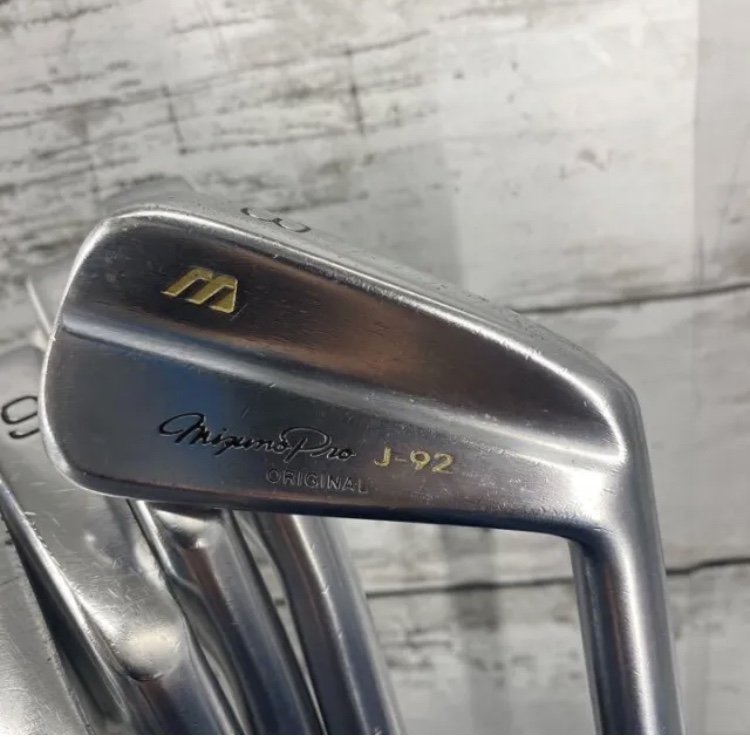
This 1992 Original set is based on the reverse muscle MS-2 heads. Limited retail offering.
HG-01
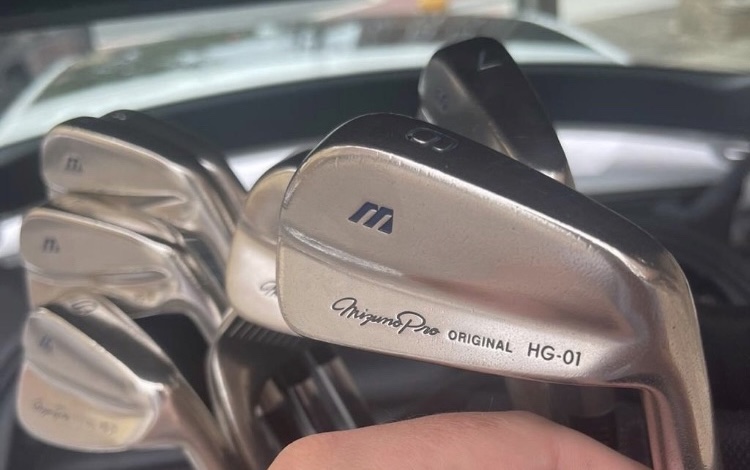
Another limited set worthy of a look.
JP-901

Possibly my favourite of the Originals. Elegant.
Identifying some of these sets correctly isn’t easy. Other Yoro custom orders were popular at the time – almost any combination of heads and stamps could be ordered. Example below of MS-11 heads dressed up as TN-87.

Good luck in your searches. It often doesn’t matter how they look, because nothing feels like a Mizuno!
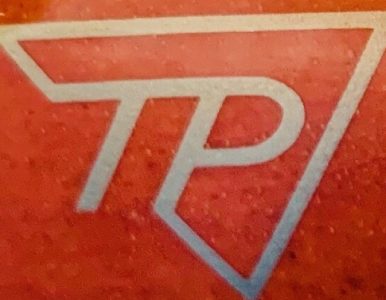
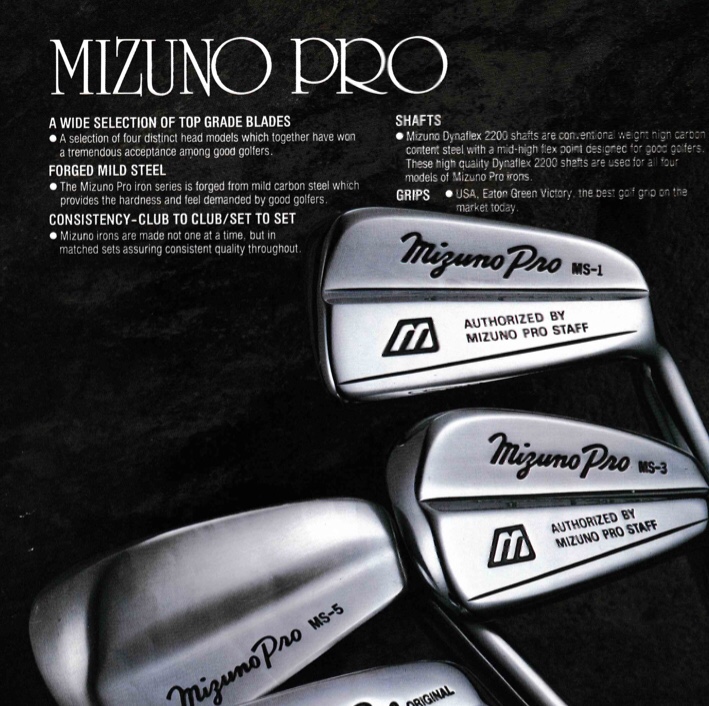

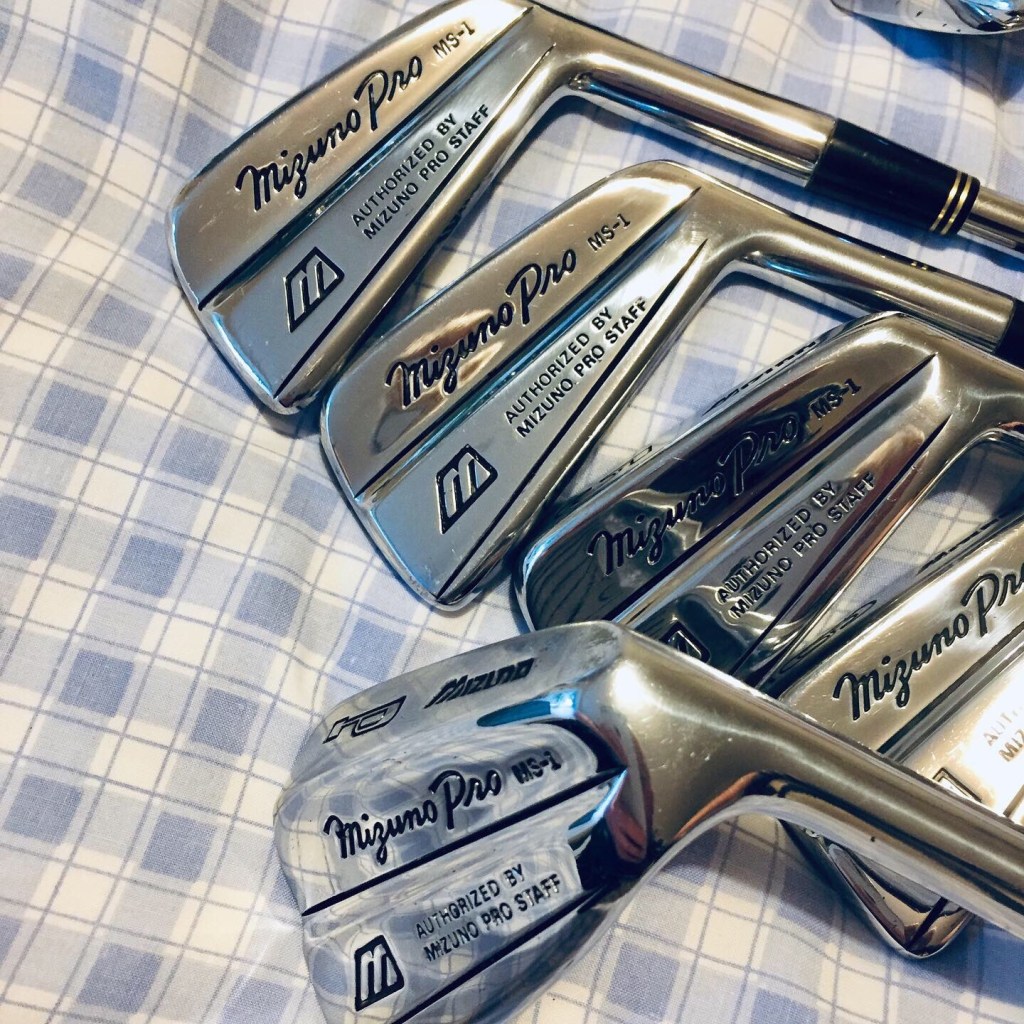
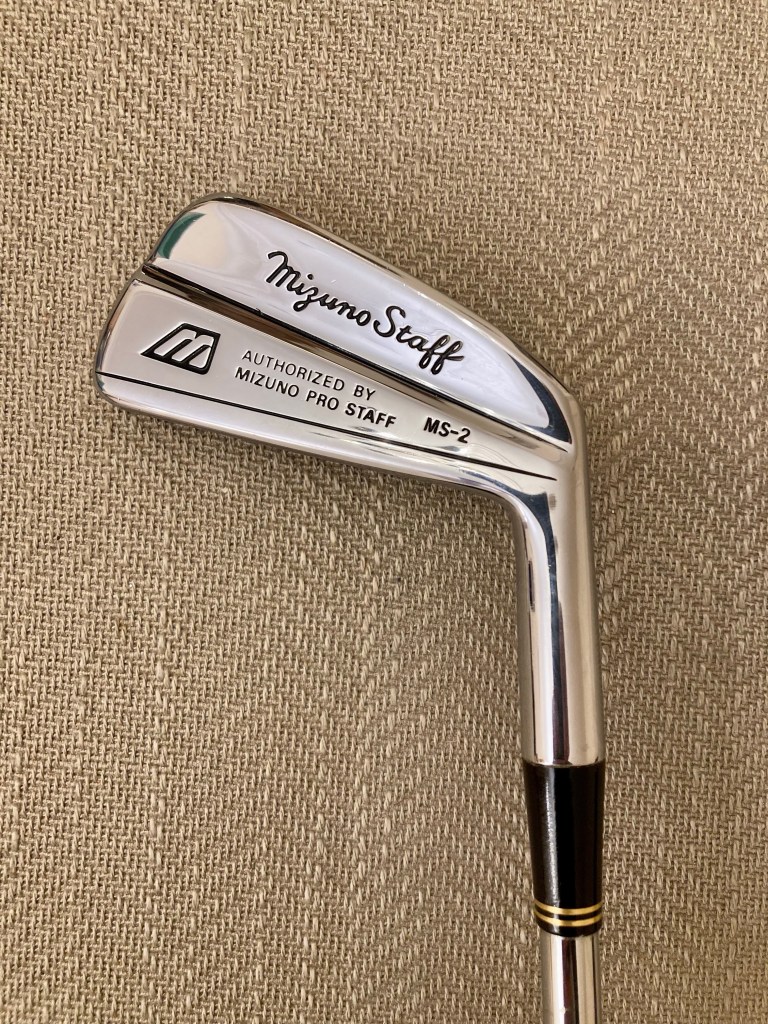

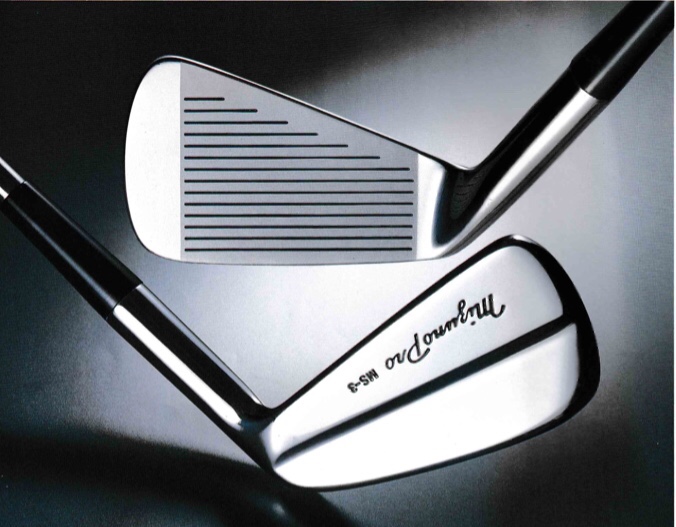

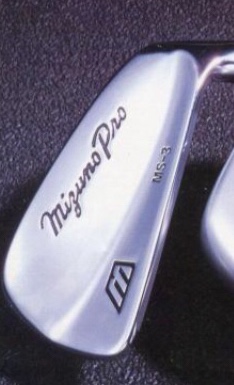

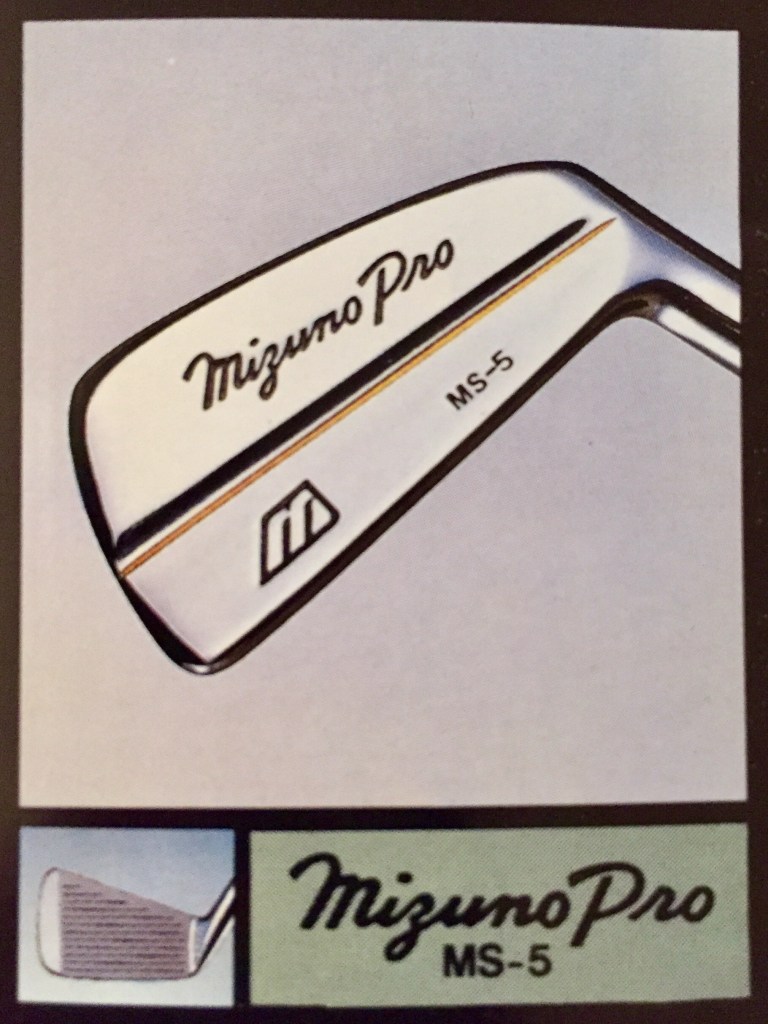
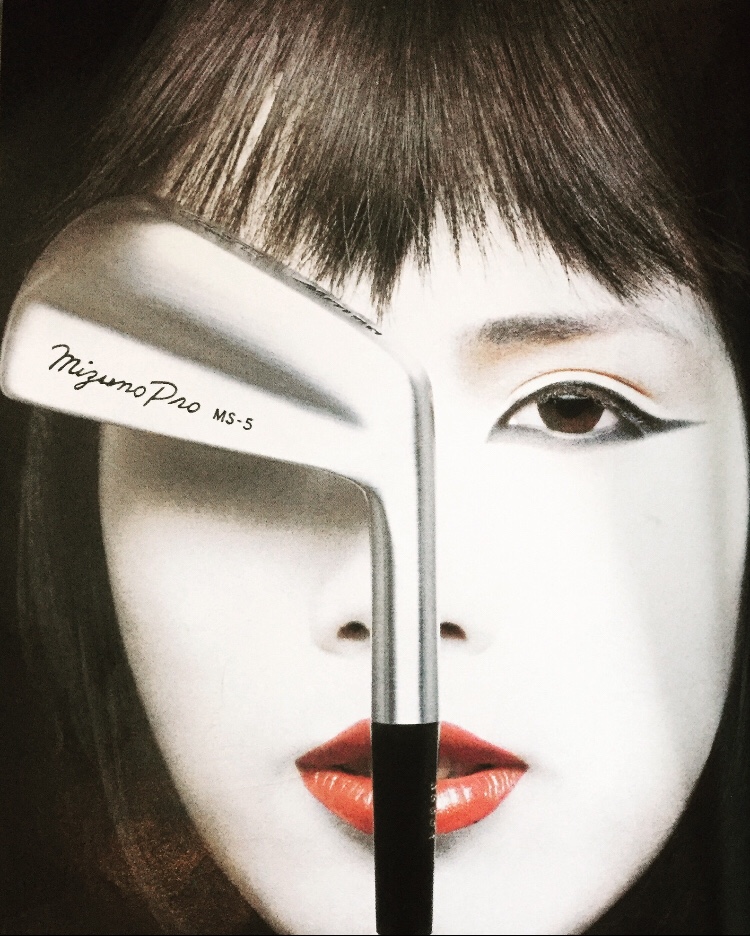

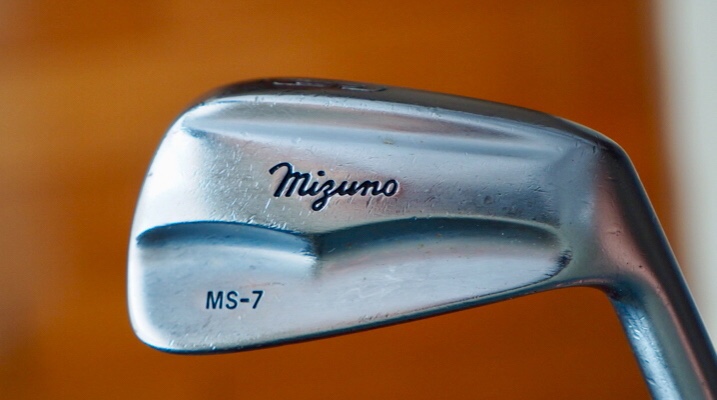



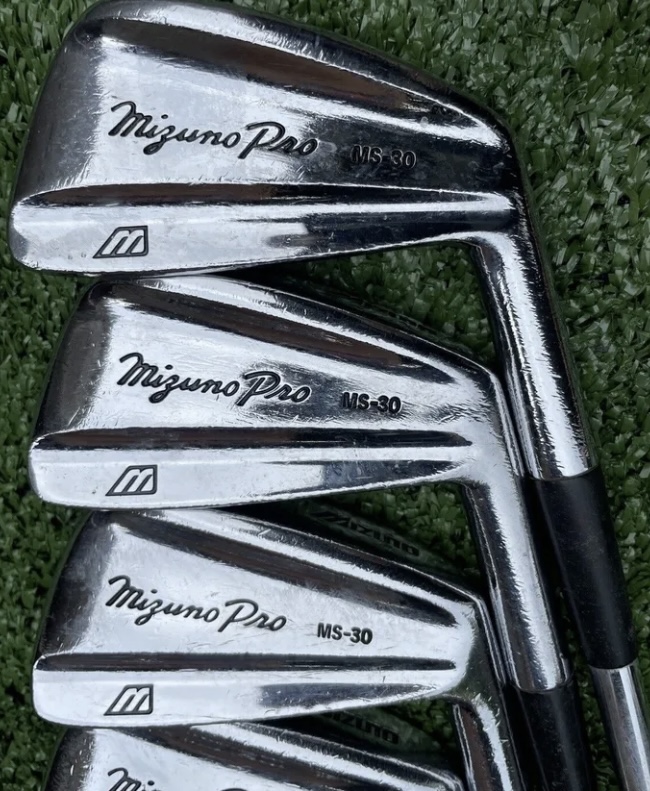
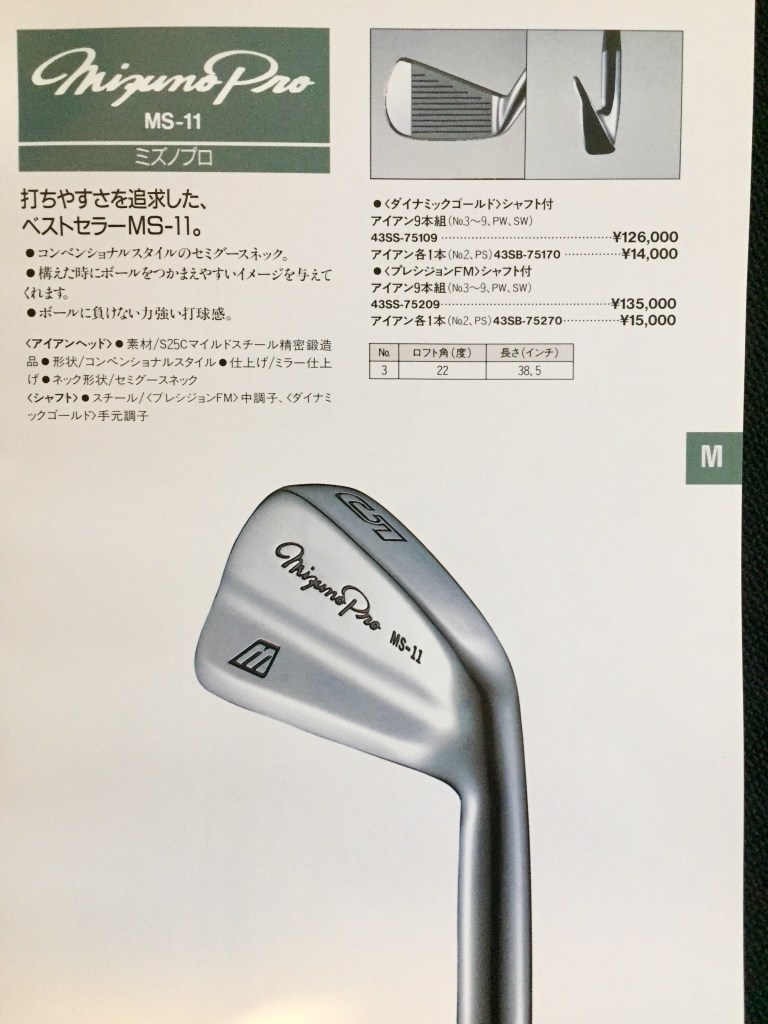


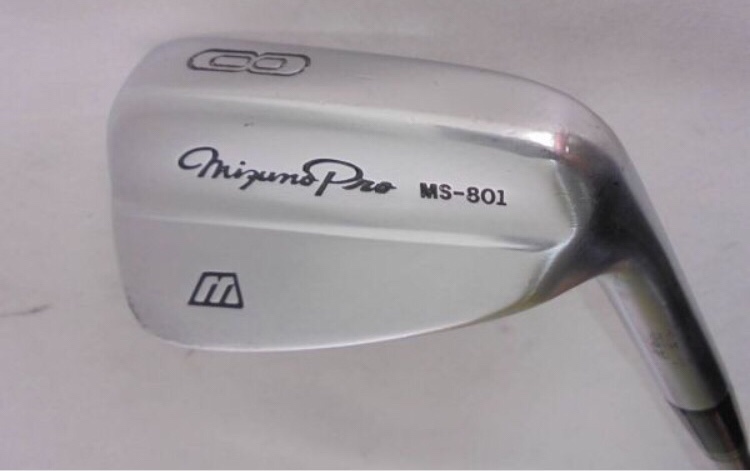
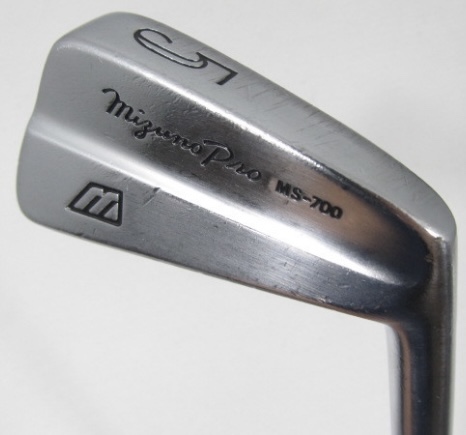
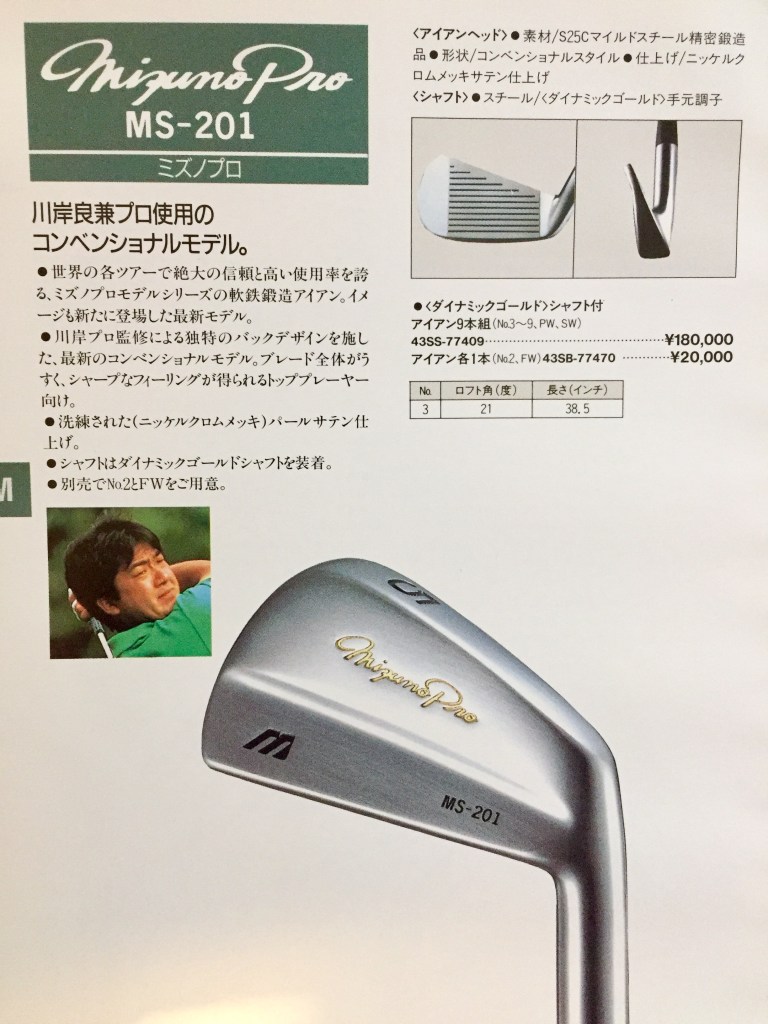
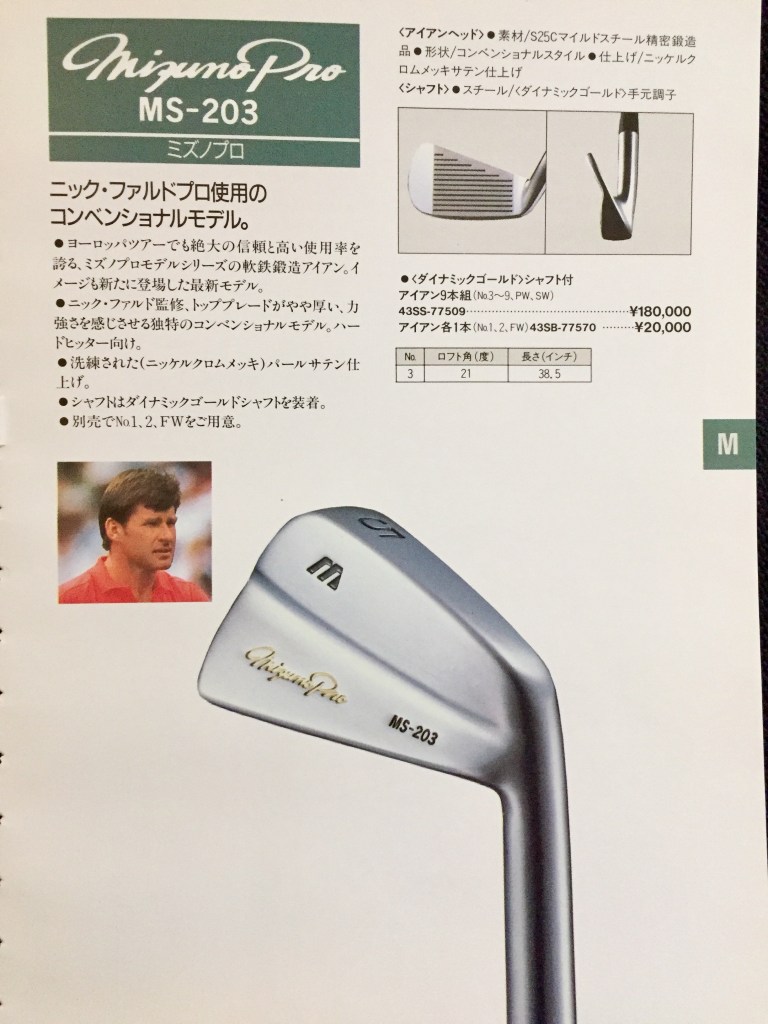
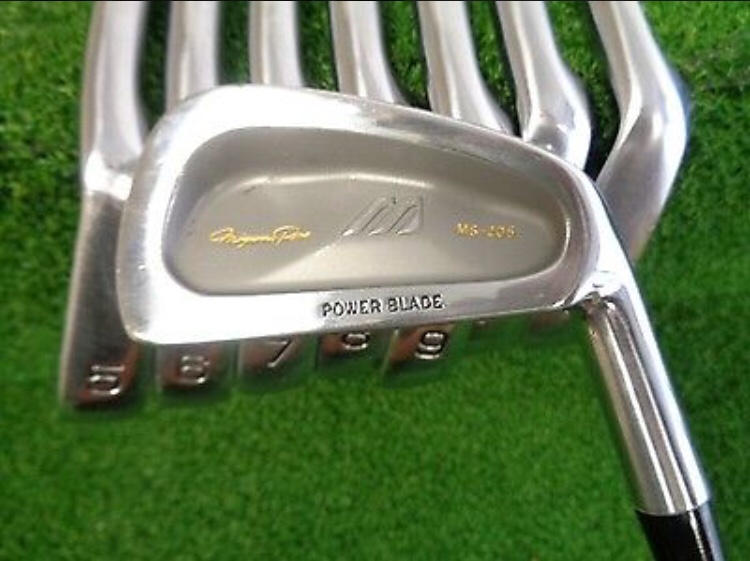
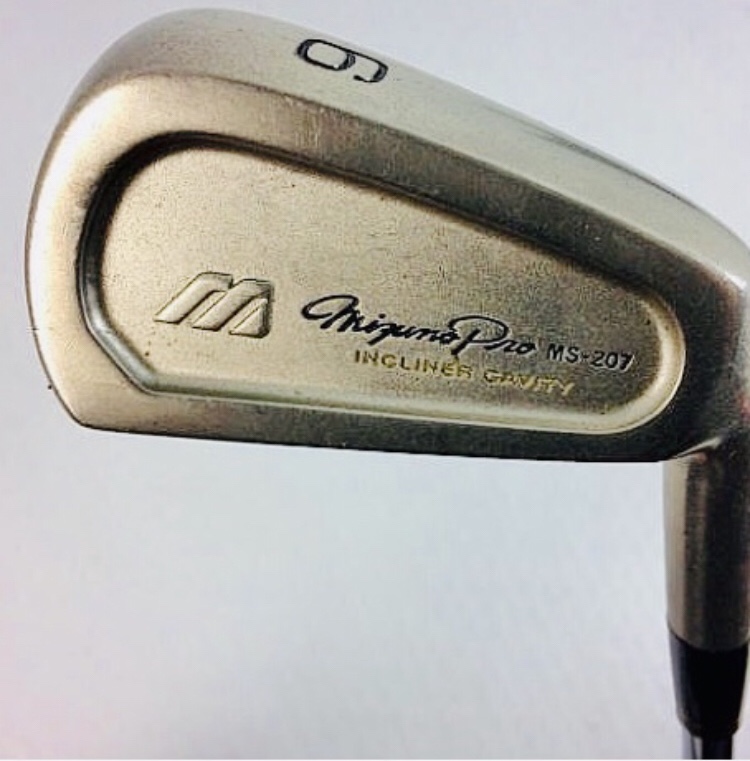
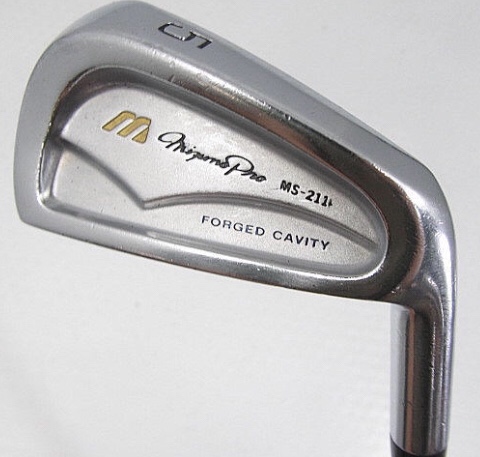
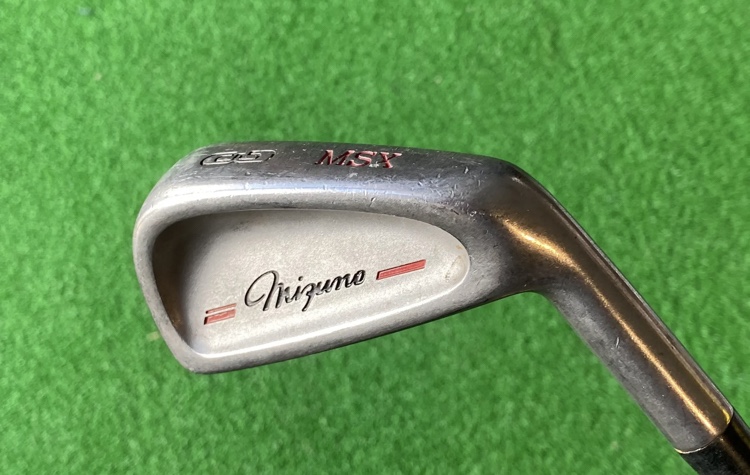

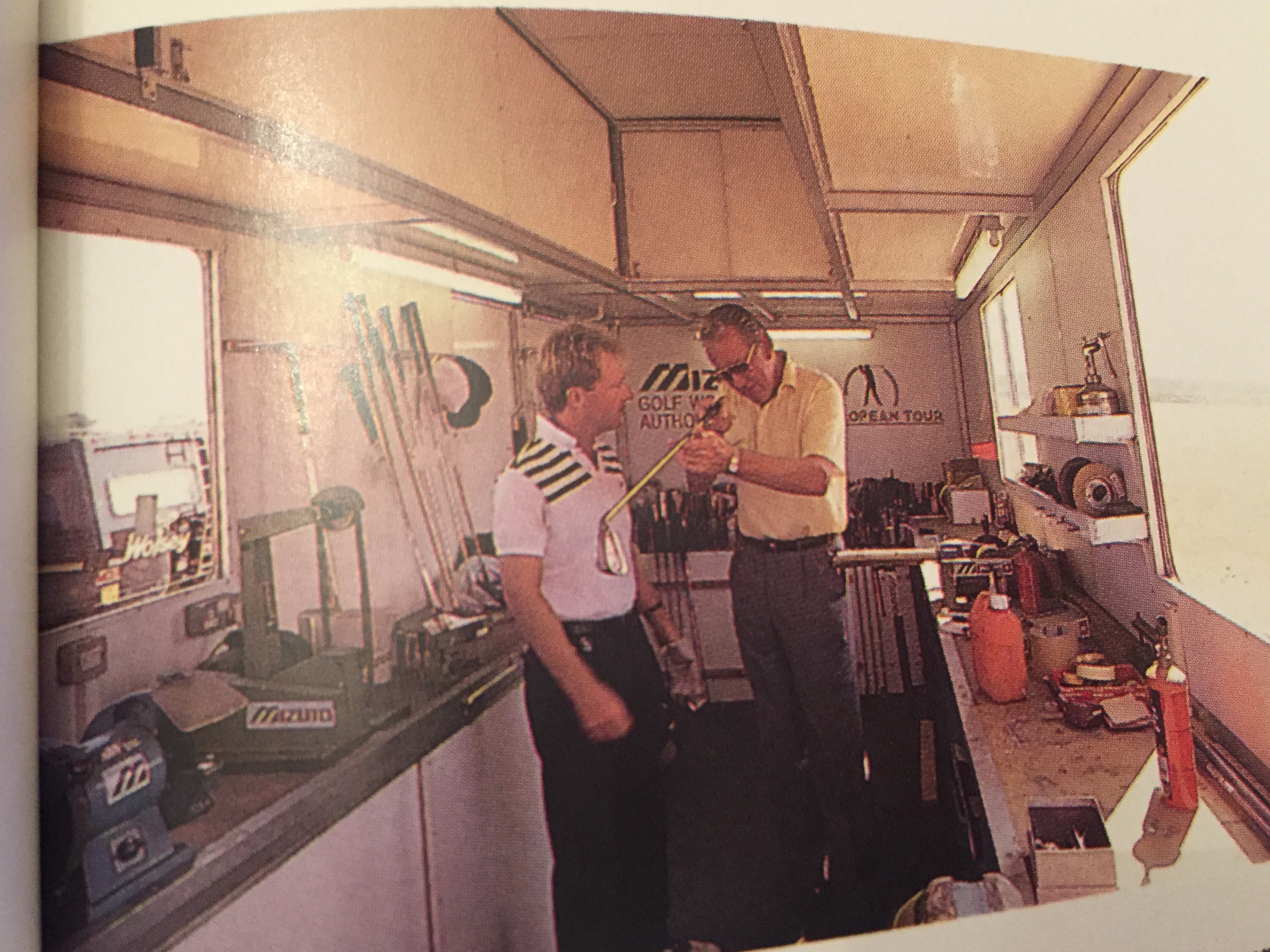
 TP was originally launched as “Tour Pro”. The above 1986 advert lists a range of models – TP-3, TP-5, TP-7, TP-9 and TP Original irons as well as persimmon woods, which I assume refer to TP-5.
TP was originally launched as “Tour Pro”. The above 1986 advert lists a range of models – TP-3, TP-5, TP-7, TP-9 and TP Original irons as well as persimmon woods, which I assume refer to TP-5.
 Most famous of the TP models, TP-9 ran from 1986 into mid-90’s. Had a lot of tour play including Faldo’s ‘87 Open win at Muirfield (blank set, sometimes known as “TP-P”) and his first Green Jacket in ‘89. José-Maria Olazábal another notable admirer.
Most famous of the TP models, TP-9 ran from 1986 into mid-90’s. Had a lot of tour play including Faldo’s ‘87 Open win at Muirfield (blank set, sometimes known as “TP-P”) and his first Green Jacket in ‘89. José-Maria Olazábal another notable admirer.

 The 3,5&7 models were in fact re-stamped heads from the previous MS Pro line – such as this #7 model.
The 3,5&7 models were in fact re-stamped heads from the previous MS Pro line – such as this #7 model.



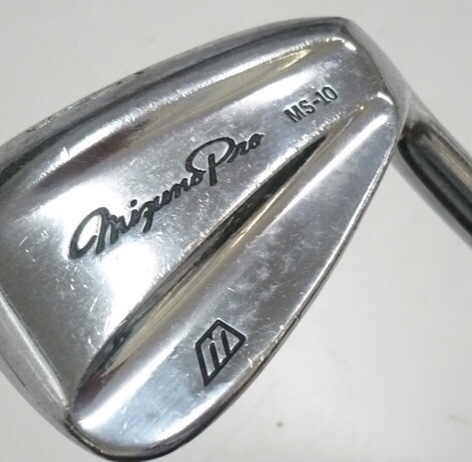


 Progressive forged cavity and blade set. Very popular in USA as “Grad MP” and in Japan with another stamping variation. Underrated set in TP form. 1990-1993.
Progressive forged cavity and blade set. Very popular in USA as “Grad MP” and in Japan with another stamping variation. Underrated set in TP form. 1990-1993.
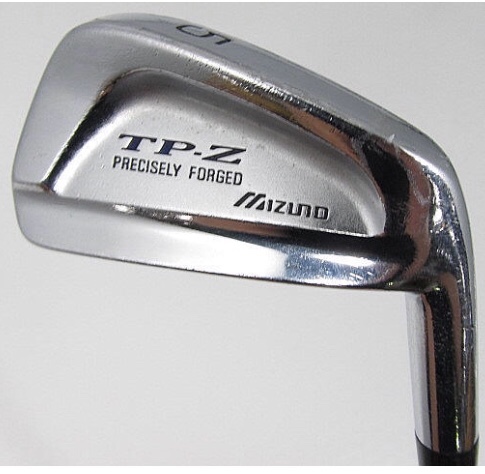
 Playable blade that got a lot of tour play – cited as most popular at 1993 Open Championship. 1991 launch. Unusual and innovative hosel design. Barry Willett was a big fan. Sold as Mizuno Pro SS-151 in Japan.
Playable blade that got a lot of tour play – cited as most popular at 1993 Open Championship. 1991 launch. Unusual and innovative hosel design. Barry Willett was a big fan. Sold as Mizuno Pro SS-151 in Japan.
 The “Faldo model”, designed with Sir Nick’s input. Bagged for his final Open in ‘92 and last Green Jacket in ‘96. Retail launched in ‘93 and ran until the end of TP. Classic muscle-back with high pointed toe. A very similar (arguably better-looking) model MS-203 is still highly coveted in Japan.
The “Faldo model”, designed with Sir Nick’s input. Bagged for his final Open in ‘92 and last Green Jacket in ‘96. Retail launched in ‘93 and ran until the end of TP. Classic muscle-back with high pointed toe. A very similar (arguably better-looking) model MS-203 is still highly coveted in Japan.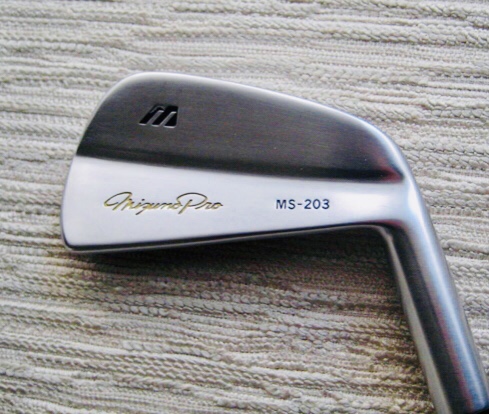


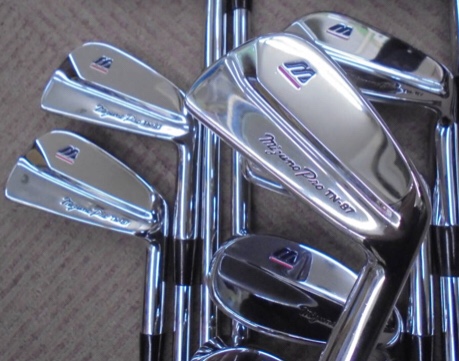
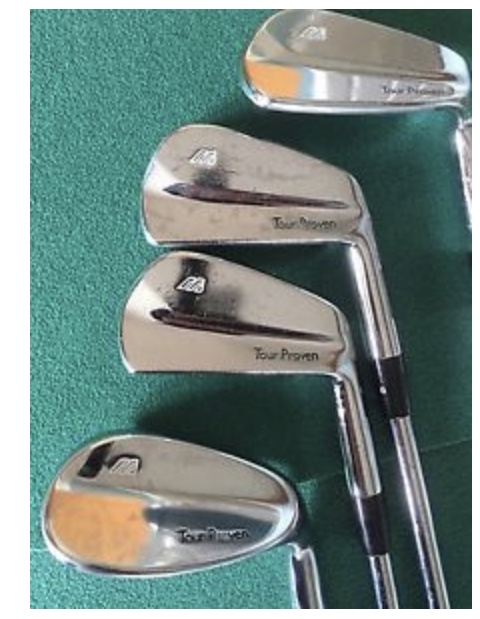
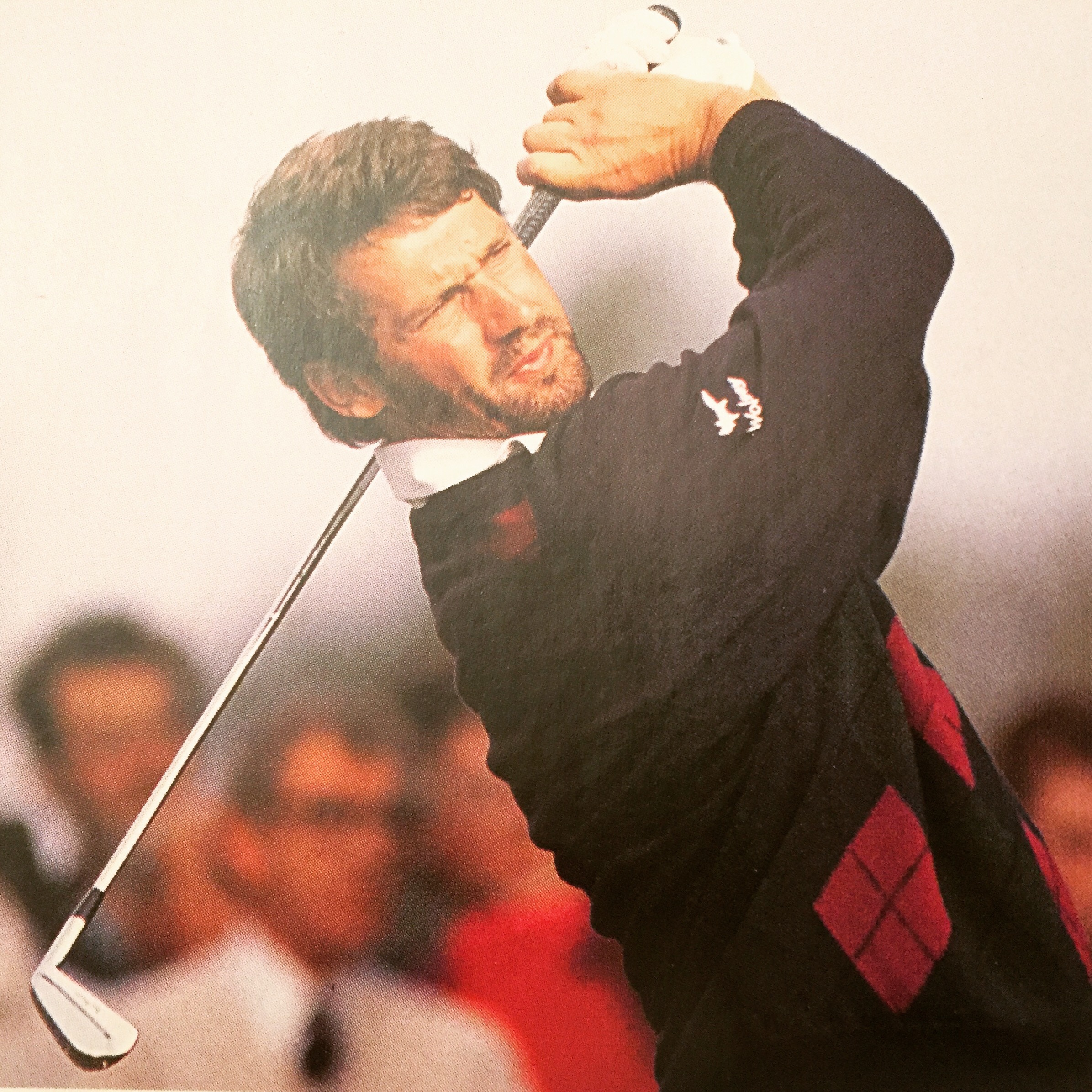
 Forged cavity back with the later TP logo. 1994. Solid set that replaced the progressive TP-Z.
Forged cavity back with the later TP logo. 1994. Solid set that replaced the progressive TP-Z.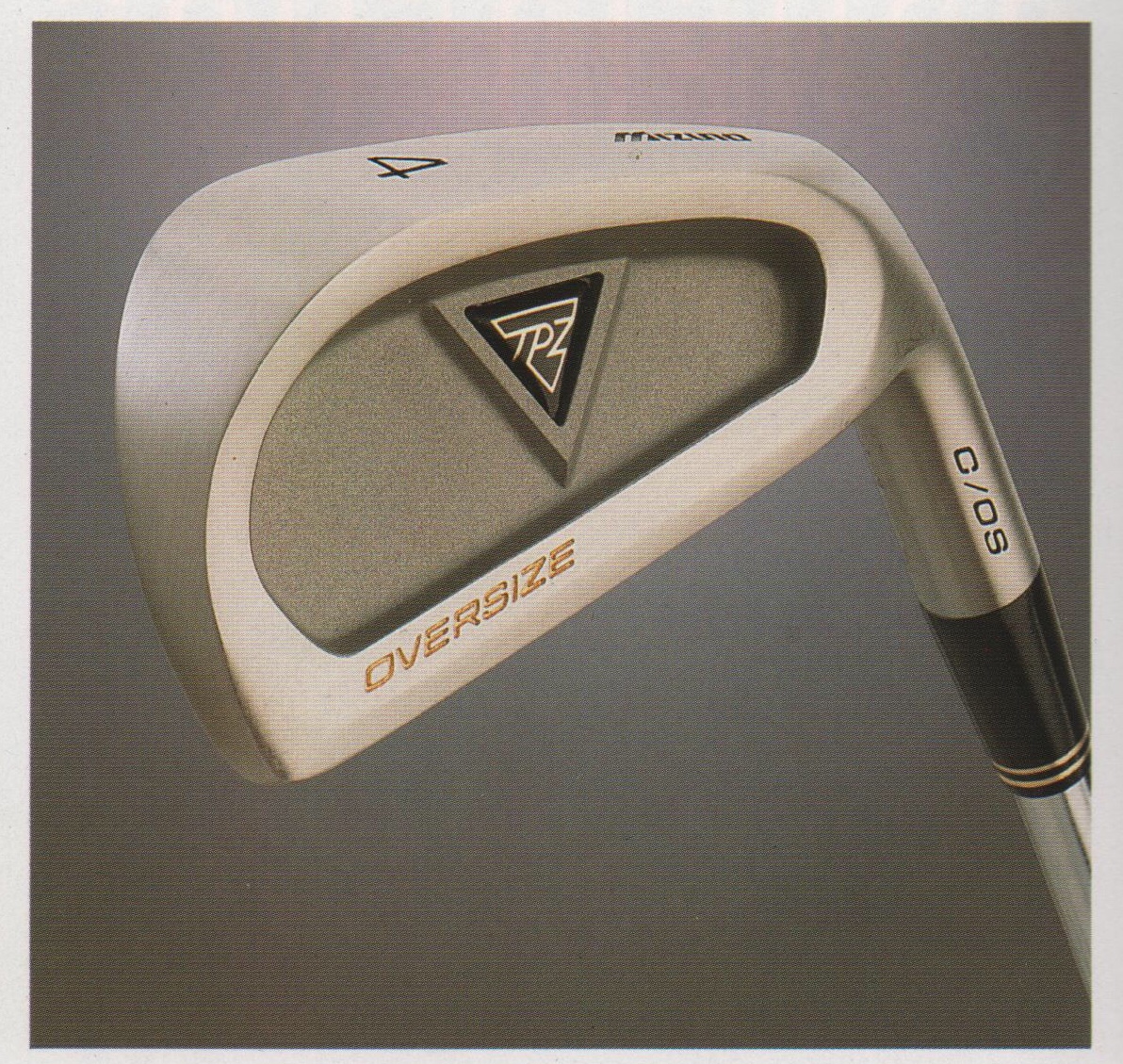 Cast anomaly for TP range. 1995 launch alongside forged cavity set. Presumably responding to market trends for oversized irons at time.
Cast anomaly for TP range. 1995 launch alongside forged cavity set. Presumably responding to market trends for oversized irons at time.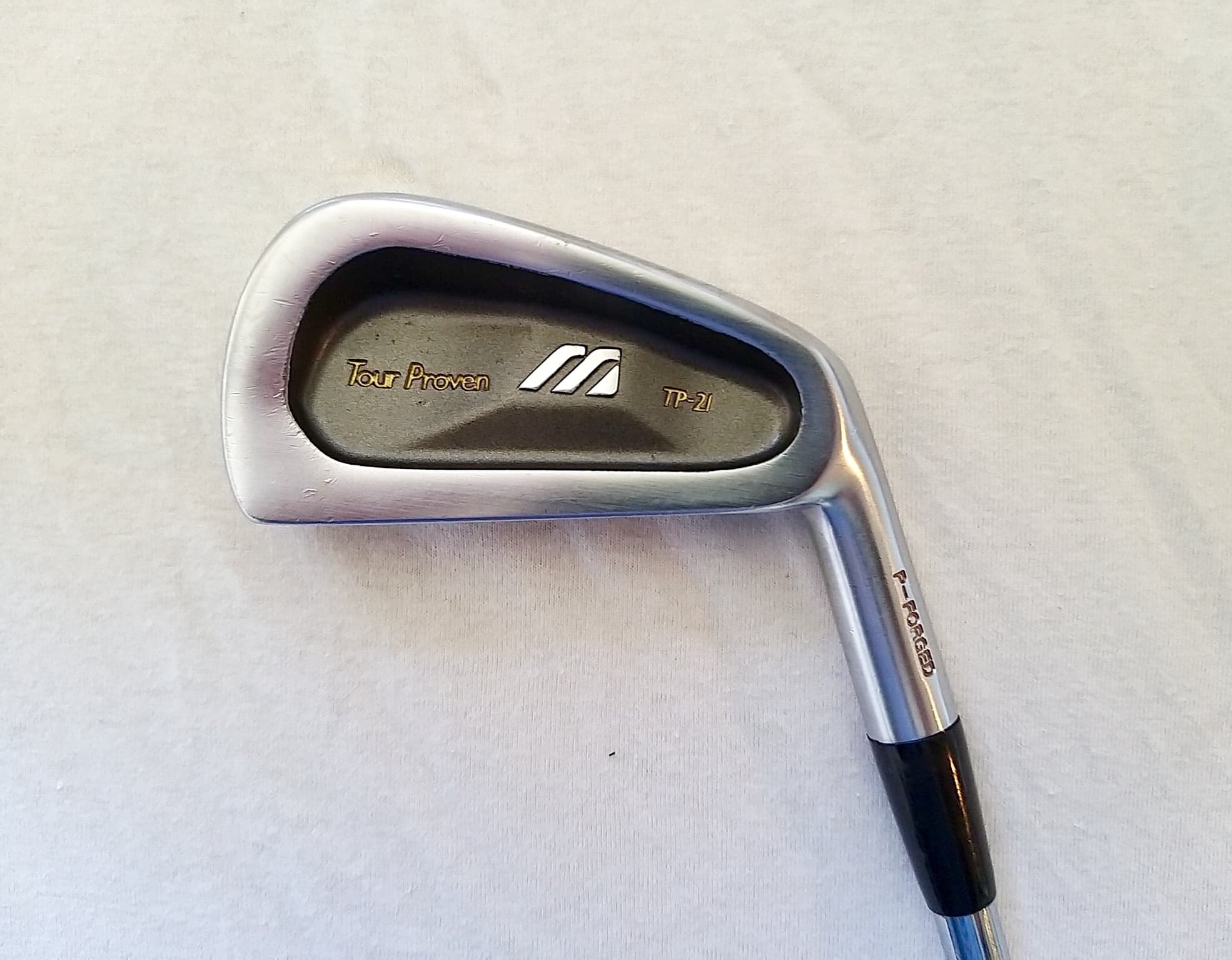 The final flourish for TP in 1996. Nice set with dark green colour in the small cavity. Same head sold as MS-205 “power blade” in Japan. T-Zoid ranges followed and MP in all markets after that. 1998 marked the end of an era for TP.
The final flourish for TP in 1996. Nice set with dark green colour in the small cavity. Same head sold as MS-205 “power blade” in Japan. T-Zoid ranges followed and MP in all markets after that. 1998 marked the end of an era for TP.
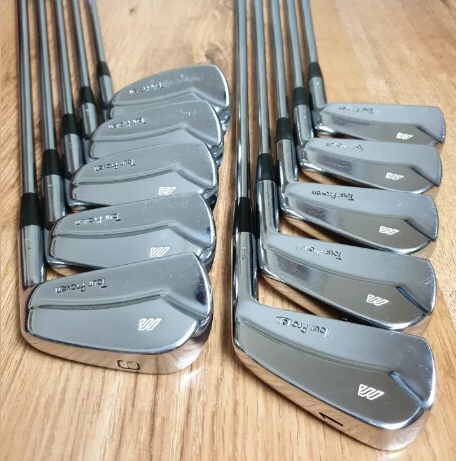

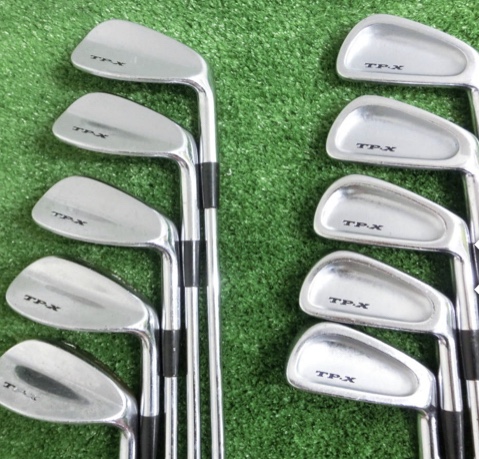


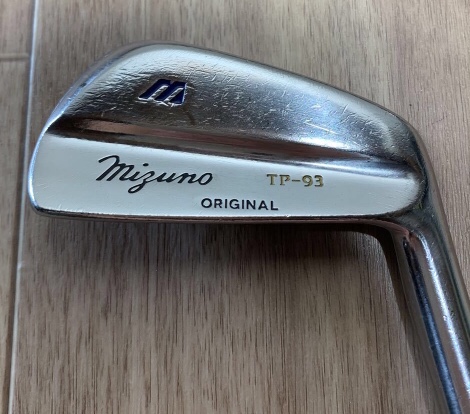


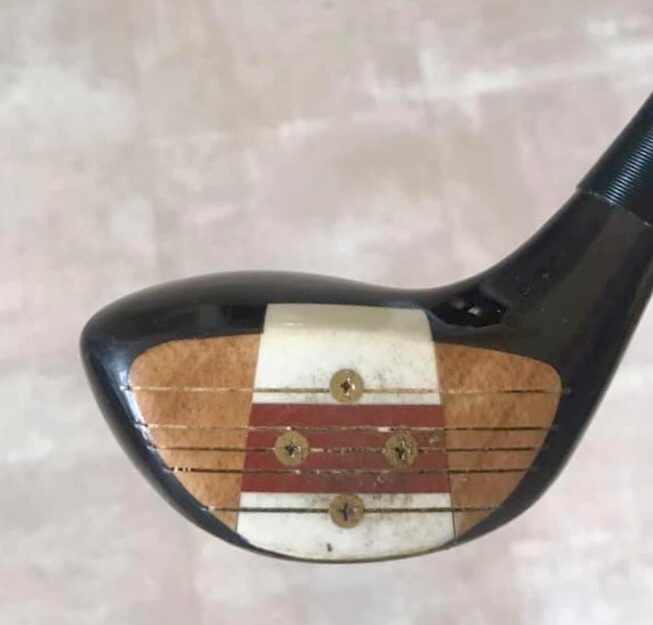

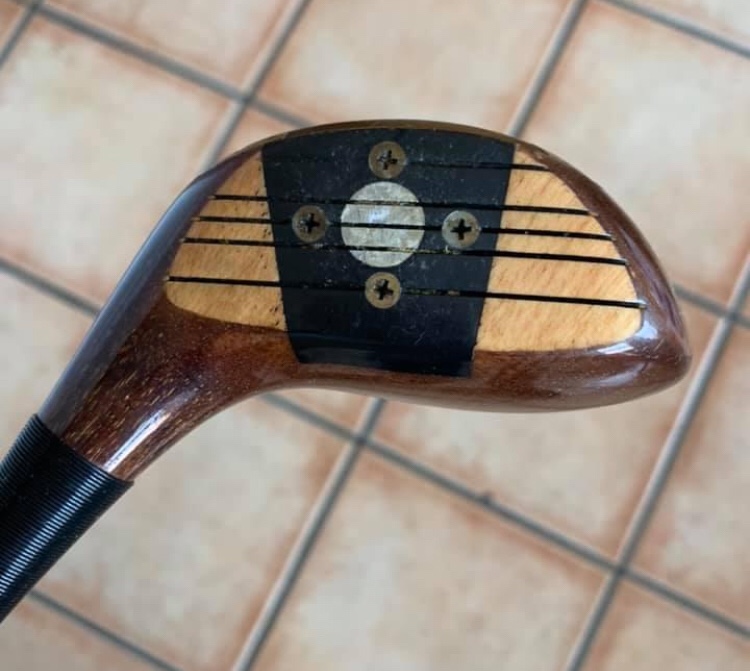
 Lefties had a different offering to the TP-5. Inserts were black/white/black (not red/white/red as TP-5) and the older “Mizuno Pro” soleplate was used (stamped TP though) presumably to save costs.
Lefties had a different offering to the TP-5. Inserts were black/white/black (not red/white/red as TP-5) and the older “Mizuno Pro” soleplate was used (stamped TP though) presumably to save costs.
 The absolute gold standard for Mizuno persimmon, the World Master woods were very popular on the tour van. Faldo dabbled with these to replace his famous ‘50’s MacGregor M85.
The absolute gold standard for Mizuno persimmon, the World Master woods were very popular on the tour van. Faldo dabbled with these to replace his famous ‘50’s MacGregor M85.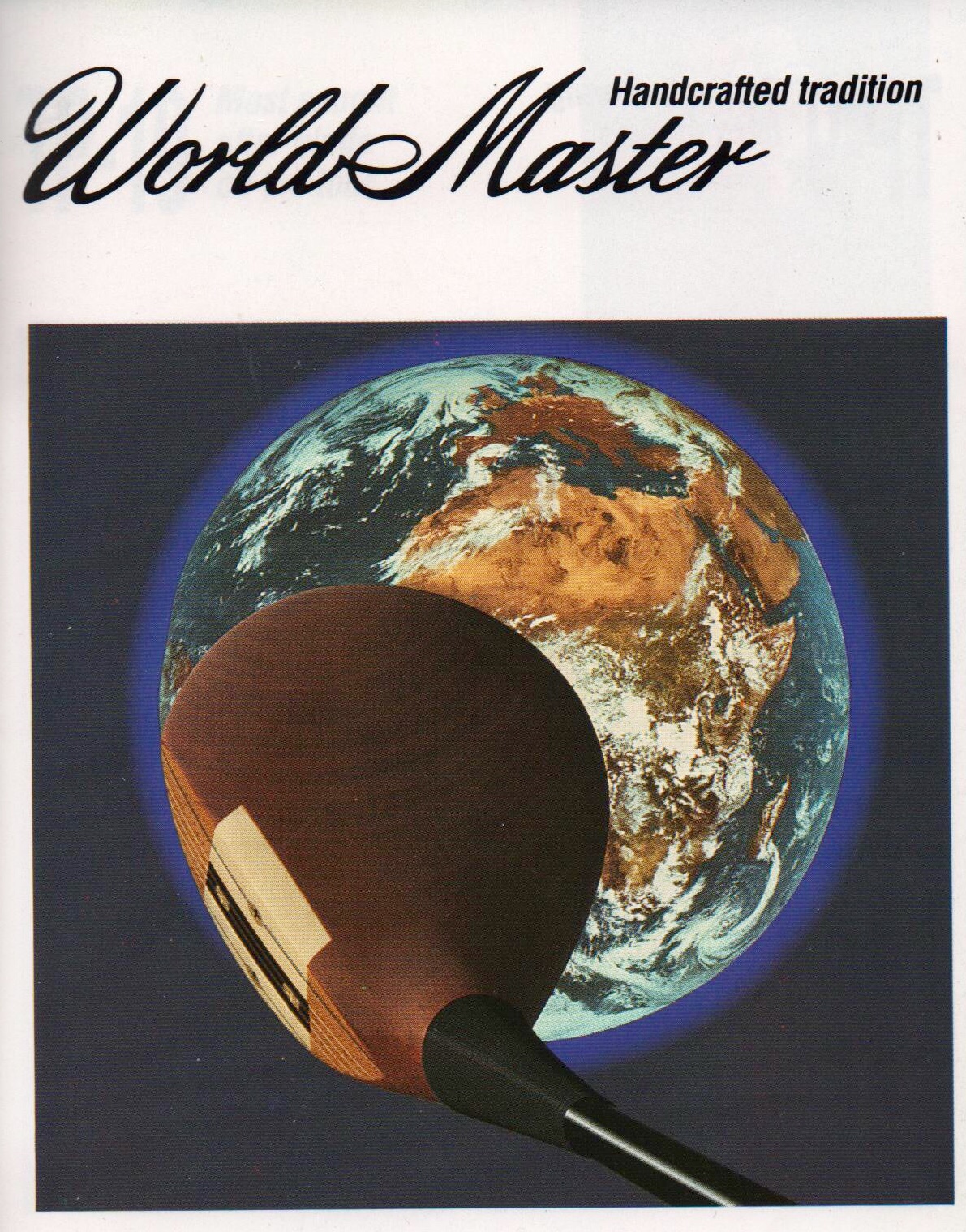
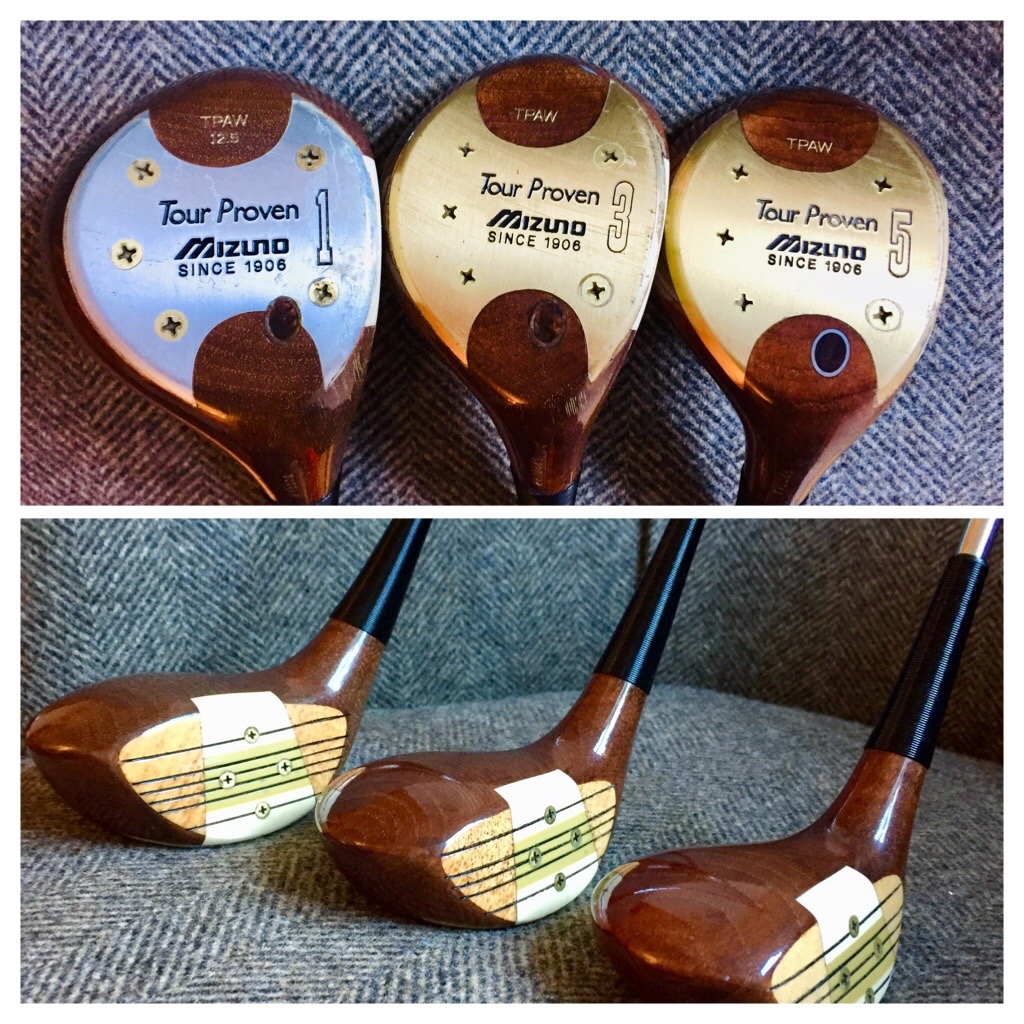

 A prevalent and popular tour-only head, stained or painted black with a cool aluminium firing-pin insert. An early version was in the bag of Sandy Lyle at Augusta ‘88, which I suspect was Mizuno’s first major driver victory.
A prevalent and popular tour-only head, stained or painted black with a cool aluminium firing-pin insert. An early version was in the bag of Sandy Lyle at Augusta ‘88, which I suspect was Mizuno’s first major driver victory.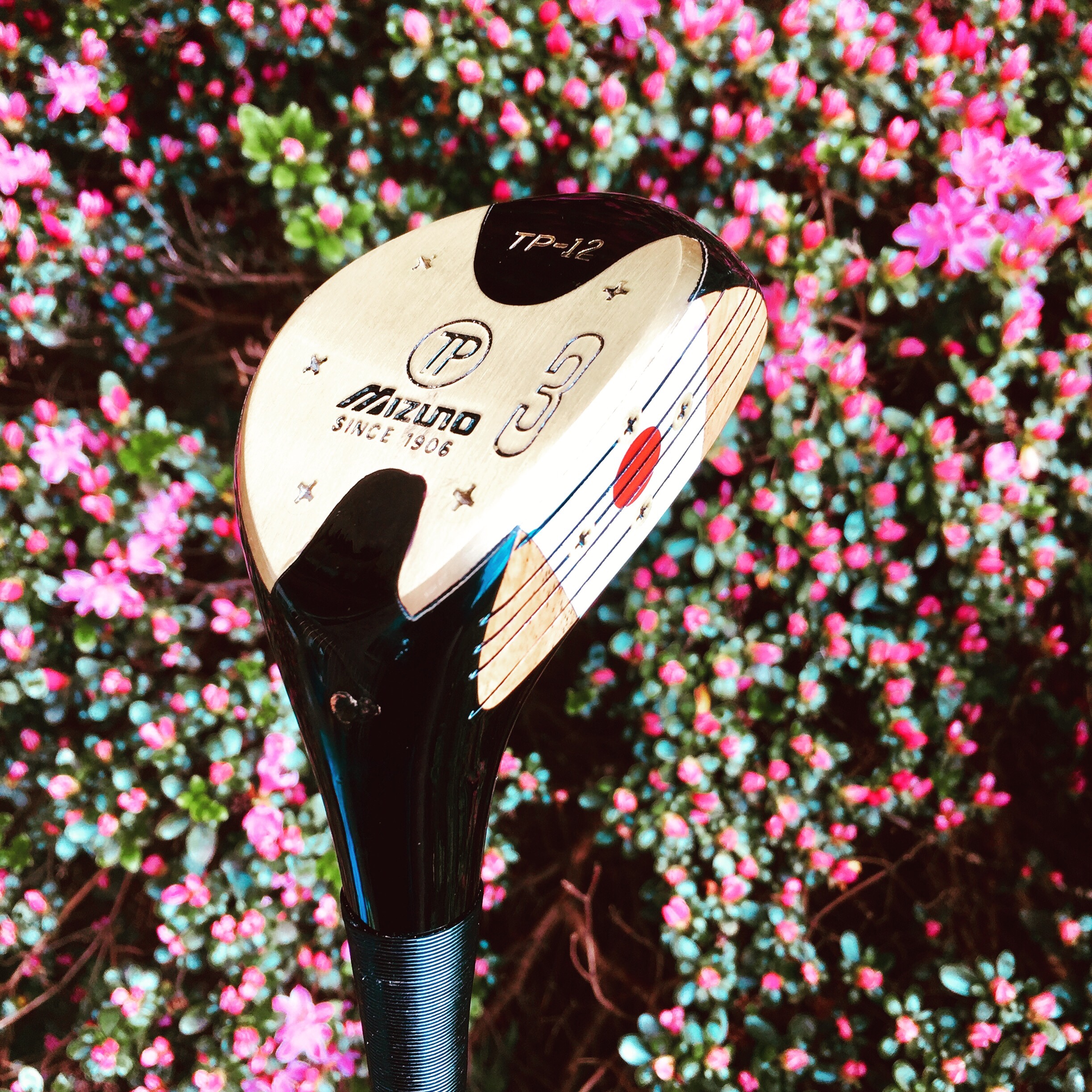 Very rare and tour-only model. Black head with white insert and red bullseye – the Japanese flag?!
Very rare and tour-only model. Black head with white insert and red bullseye – the Japanese flag?!

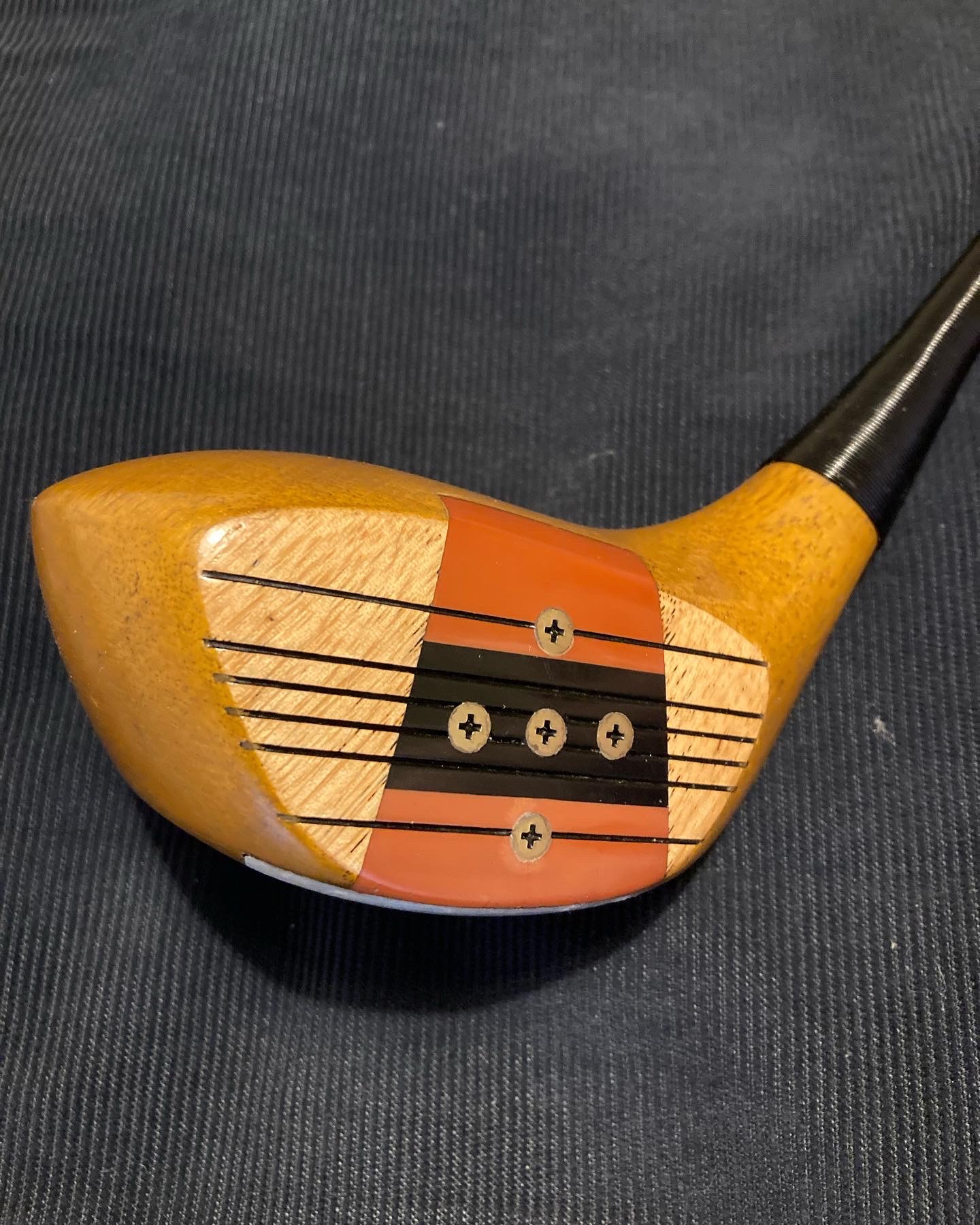

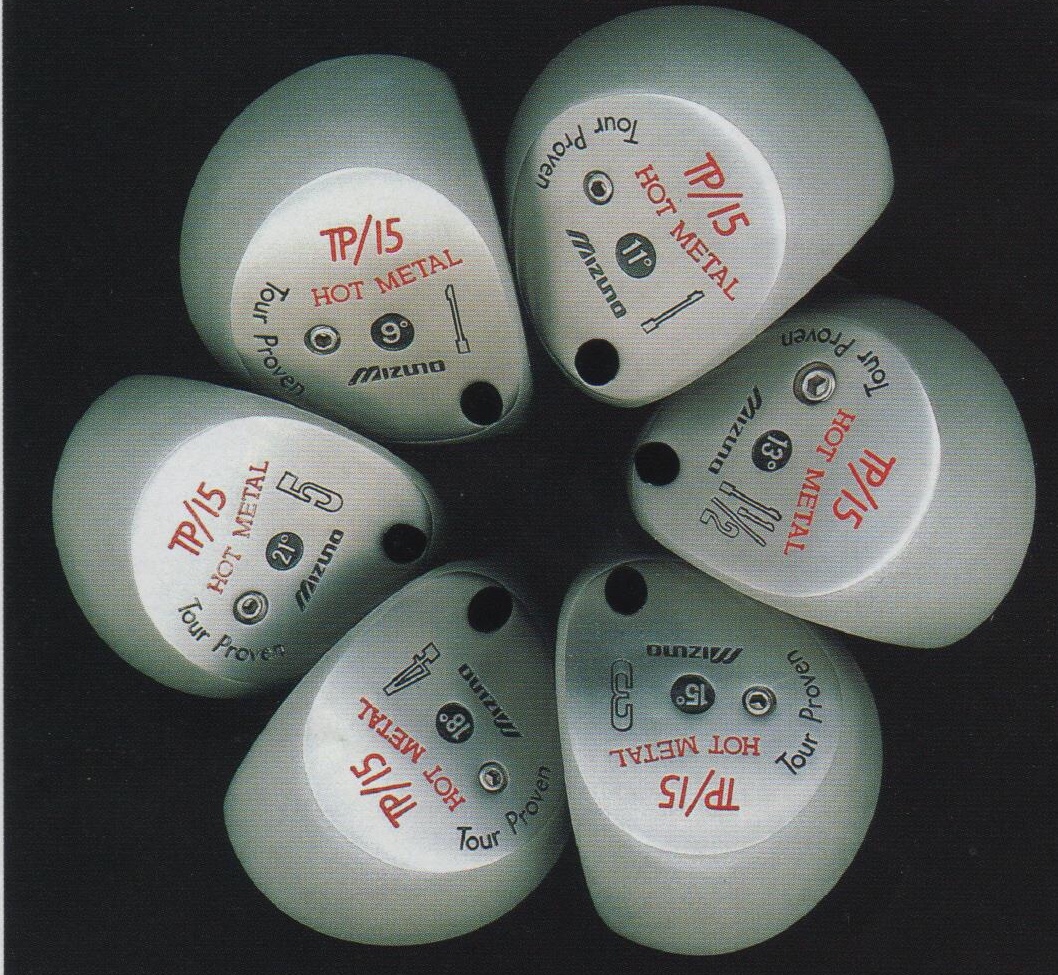
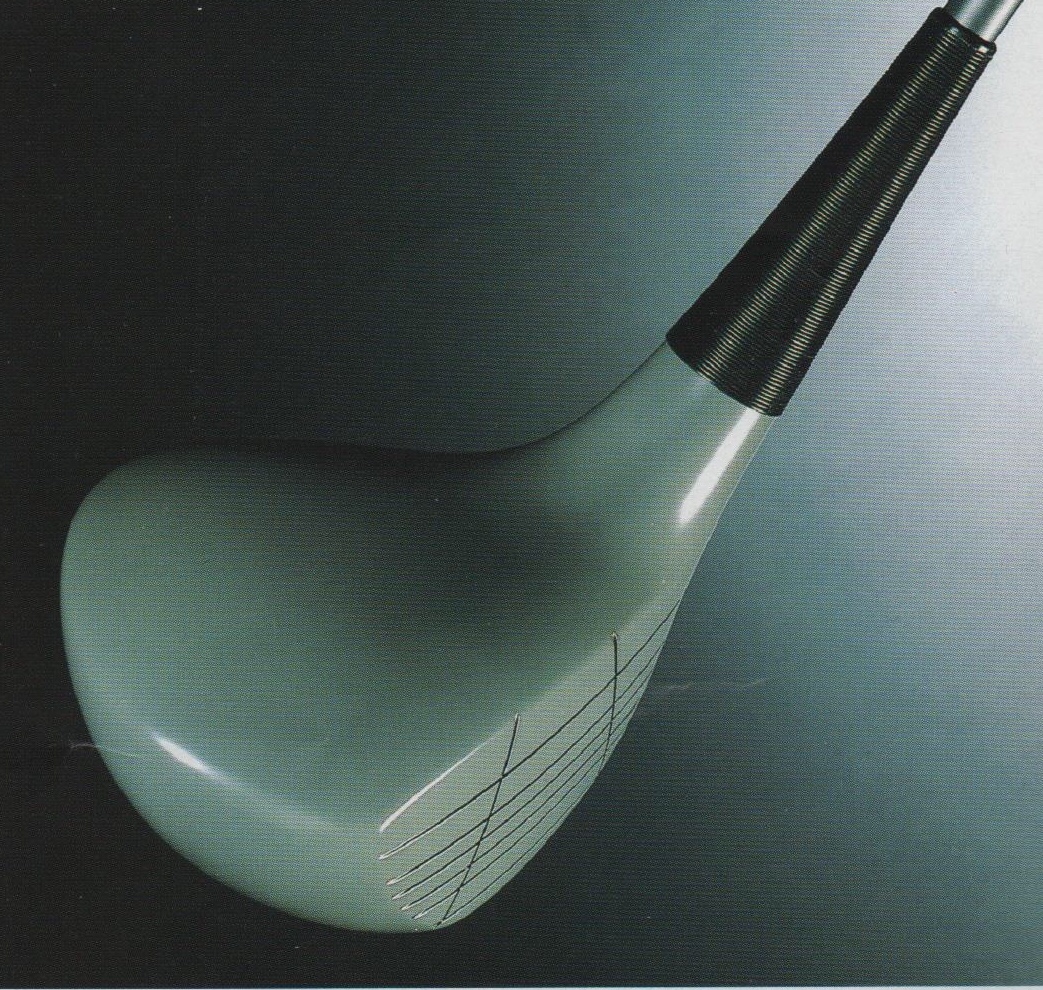
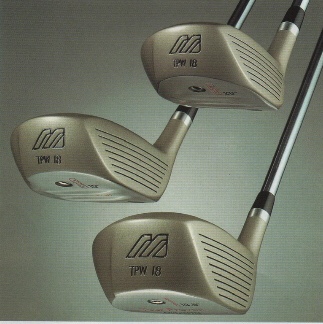




 “Tour Pro” dates this rare club to 1986/87. Was subsequently marketed as “RF-60” in the RSF Rough, Sand & Fairway 1988 range with other heads, lofts and grinds.
“Tour Pro” dates this rare club to 1986/87. Was subsequently marketed as “RF-60” in the RSF Rough, Sand & Fairway 1988 range with other heads, lofts and grinds. 1989 release. These were cool. Available as TP-9 shape and three different bladed heads and two lofts, although the sole was stamped with just “P” or “S” (lofts were on the neck). The TP522 was known as the “Nakajima wedge”. Everyone was doing beryllium copper, Mizuno went aluminium bronze. So soft.
1989 release. These were cool. Available as TP-9 shape and three different bladed heads and two lofts, although the sole was stamped with just “P” or “S” (lofts were on the neck). The TP522 was known as the “Nakajima wedge”. Everyone was doing beryllium copper, Mizuno went aluminium bronze. So soft.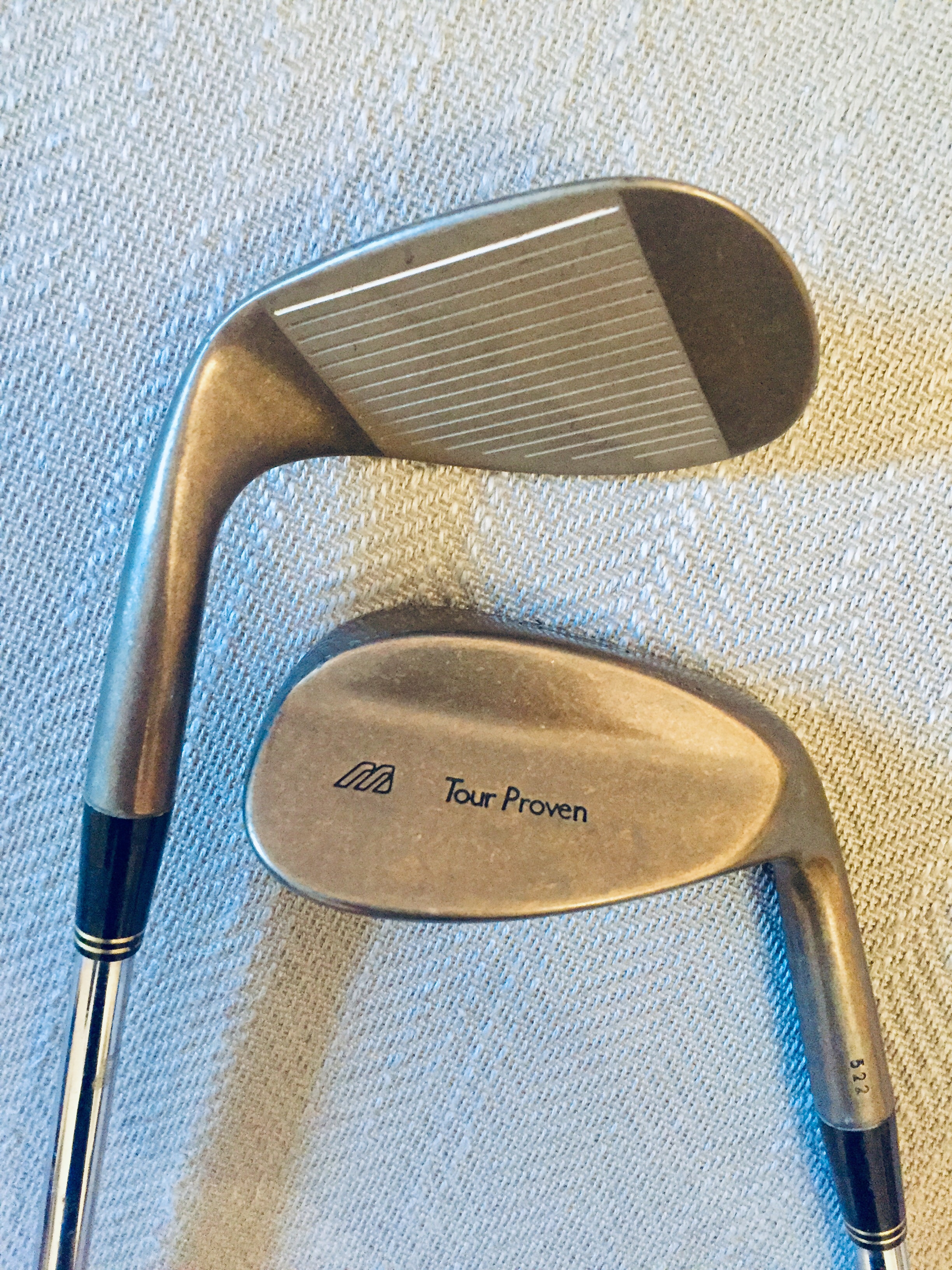
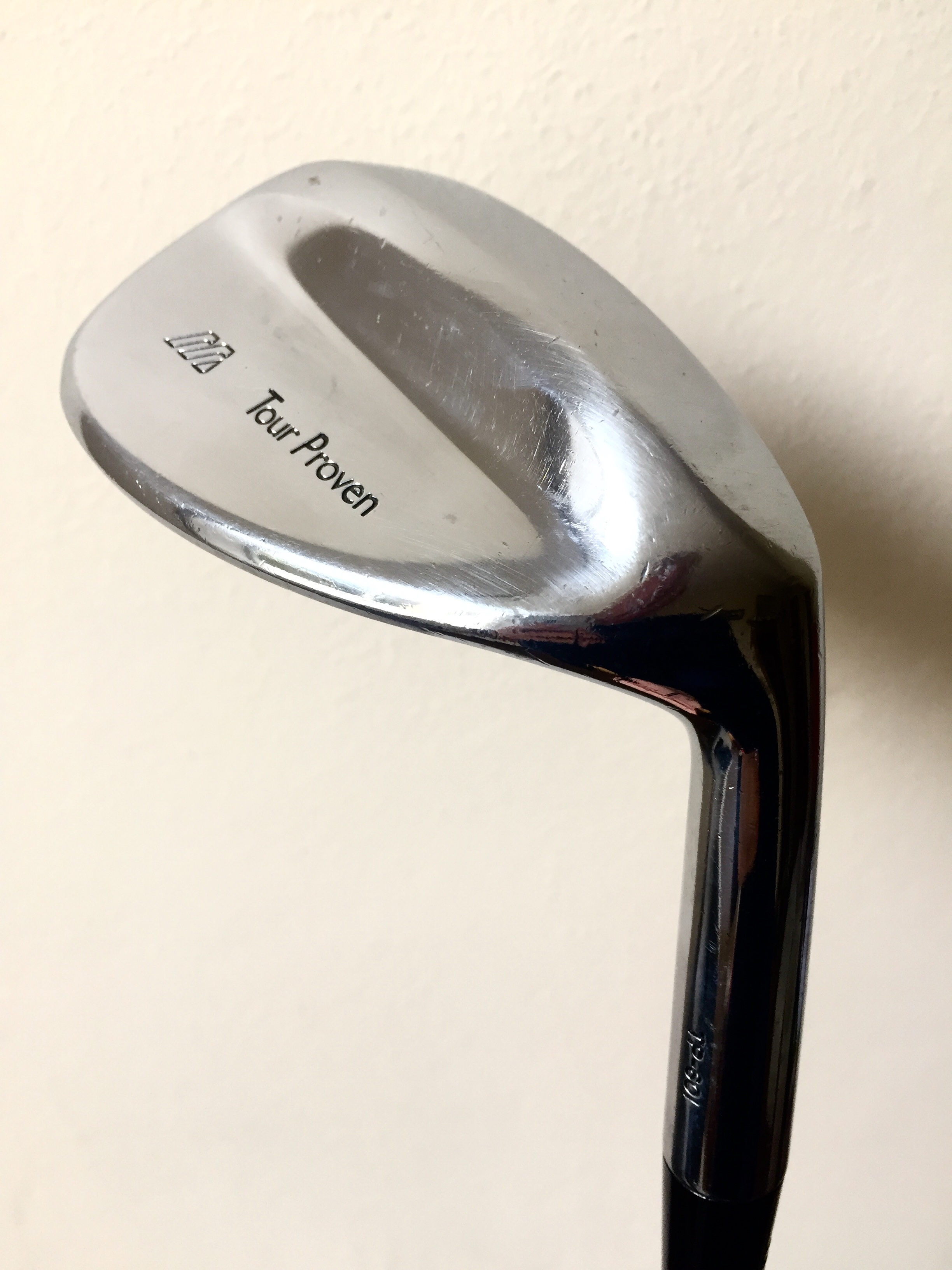 A more modern head-shape and again a good range of loft options. One or more were in the bag for the final four of Faldo’s Majors. Appeared first in 1991 for retail. Later models received a sole stamp; U, S or L.
A more modern head-shape and again a good range of loft options. One or more were in the bag for the final four of Faldo’s Majors. Appeared first in 1991 for retail. Later models received a sole stamp; U, S or L. The only TP clubs to get the Faldo branding. Popular range of (cast) wedges that were also sold in Mizuno Pro script in USA and Japan. 1995.
The only TP clubs to get the Faldo branding. Popular range of (cast) wedges that were also sold in Mizuno Pro script in USA and Japan. 1995.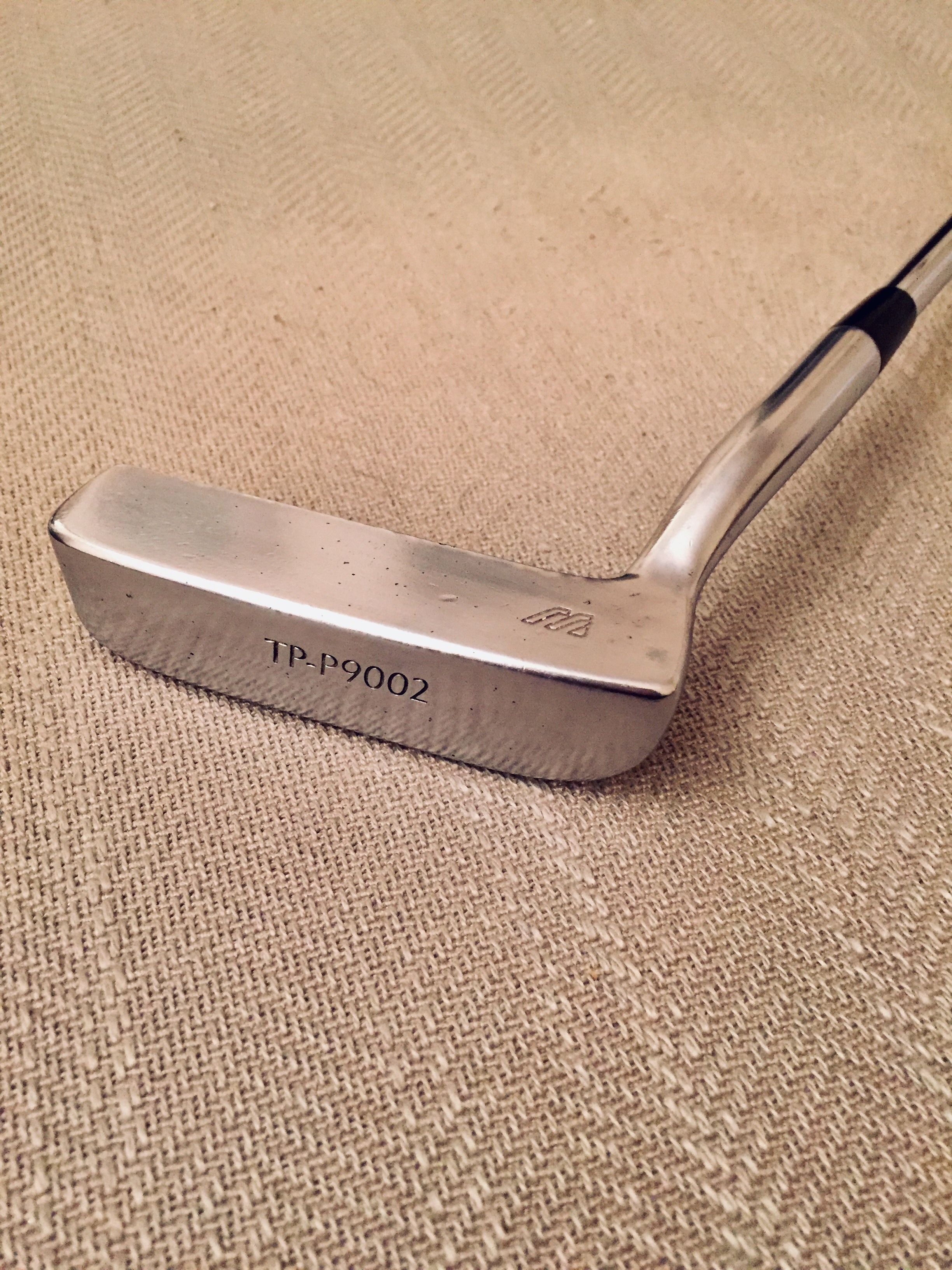 Very high quality forged blade putters, first released in 1991. Superb leather grips. 9001 is 8802/Napa shape; 9002 boxier. Also sold in Japan under Mizuno Pro branding. Beauties.
Very high quality forged blade putters, first released in 1991. Superb leather grips. 9001 is 8802/Napa shape; 9002 boxier. Also sold in Japan under Mizuno Pro branding. Beauties.

 I have a few of these putters, but don’t remember them first time round and suspect they were tour-only? They are the same (cast) heads as the Japan “RH005X” Models. There was a full range of putters in Japan with several designs – blades, mallets etc. The swan-necked RH0051 was popular enough to have two re-launches.
I have a few of these putters, but don’t remember them first time round and suspect they were tour-only? They are the same (cast) heads as the Japan “RH005X” Models. There was a full range of putters in Japan with several designs – blades, mallets etc. The swan-necked RH0051 was popular enough to have two re-launches.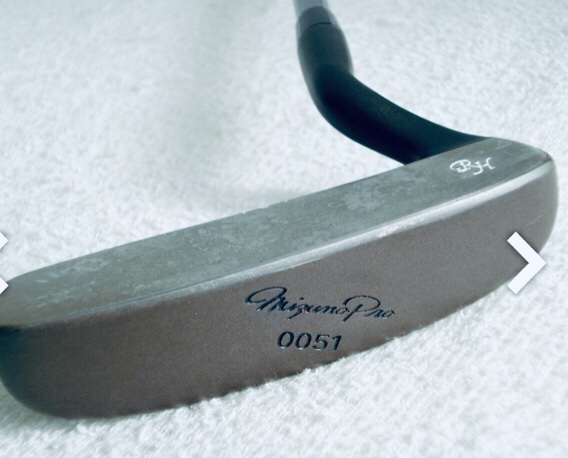

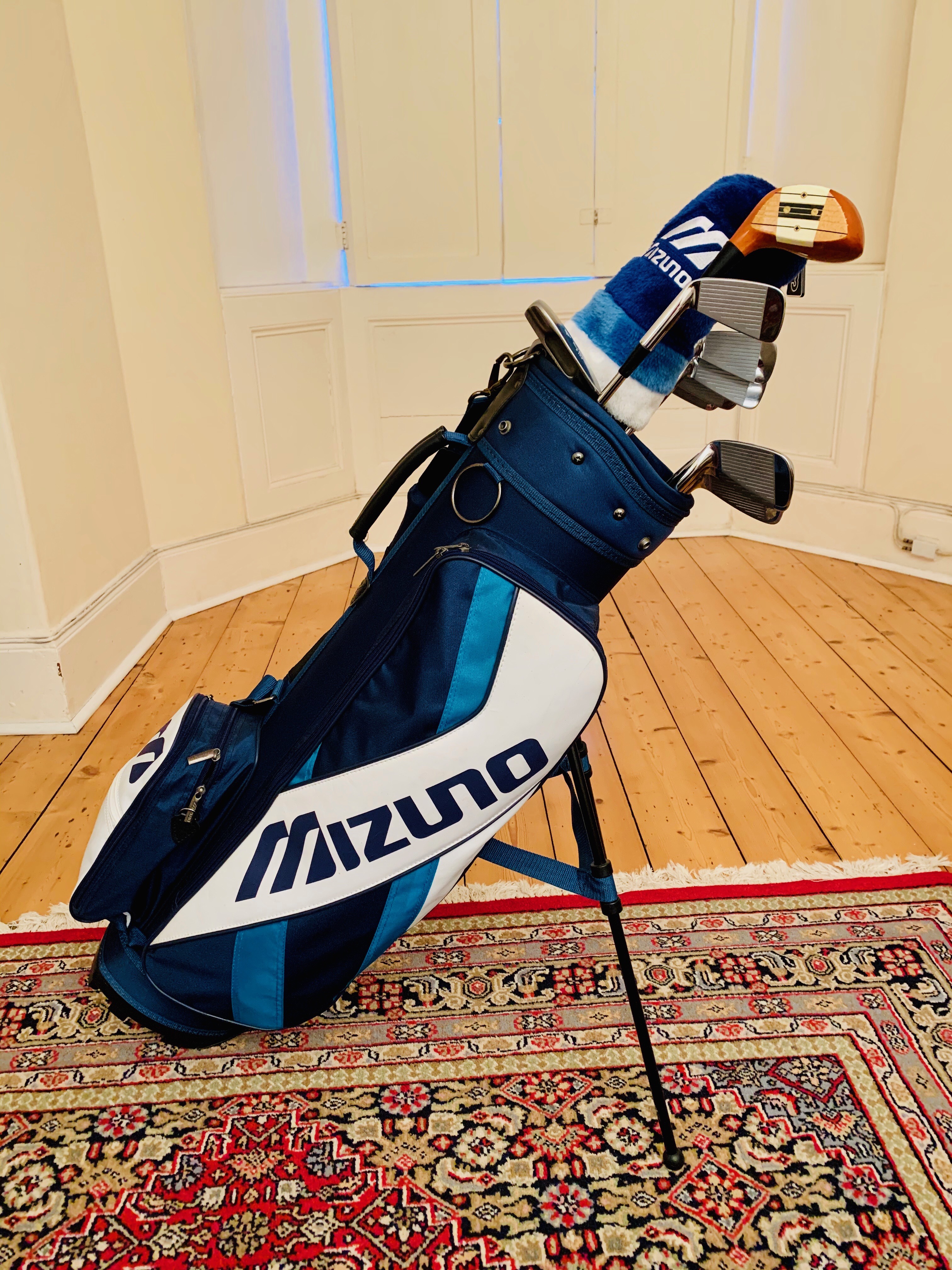 World Master TP 1995 Driver
World Master TP 1995 Driver

